Best bridge camera 2025: the finest options with huge zoom lenses
The best bridge cameras are like having lots of lenses in one body
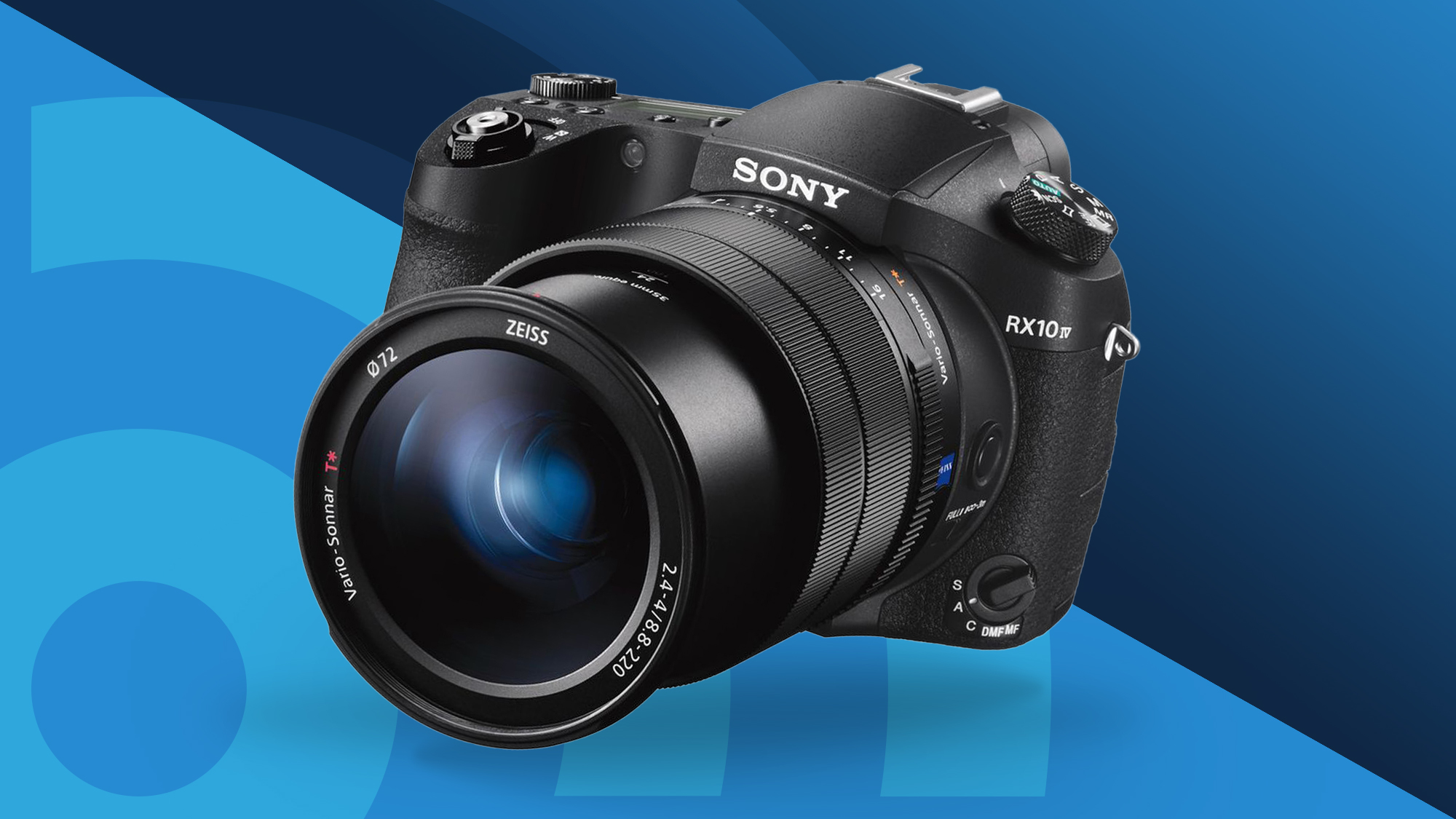
Mirrorless cameras might make the headlines now, but there’s still a market for bridge cameras in 2025. In our experience, the best bridge cameras are a strong choice if you want a camera and lens combination that can cover just about every shooting situation. With versatile zoom ranges and DSLR-style handling, bridge cameras are the photographic jack of all trades.
If we had to choose just one bridge camera to shoot with, it would be the Sony Cyber-shot RX10 IV. While its 1-inch sensor can’t compete with the best full-frame cameras on outright quality, it still captures superb detail in images and video. Its 24-600mm lens is hugely flexible, too. That said, it’s not the cheapest or most portable bridge camera in our list.
We’ve tried to cover bridge cameras for every need and budget in the guide below. Each recommendation is based on the results of our in-depth reviews. Because bridge cameras aren’t a huge part of the modern camera market, we tested some of these models several years ago, but we’ve kept our advice up to date with relevant comparisons and pricing.
Top 3 picks
Short on time? Use our quick round-up below to find the best bridge camera for you. Use the links to jump to our full write-ups for more in-depth coverage.
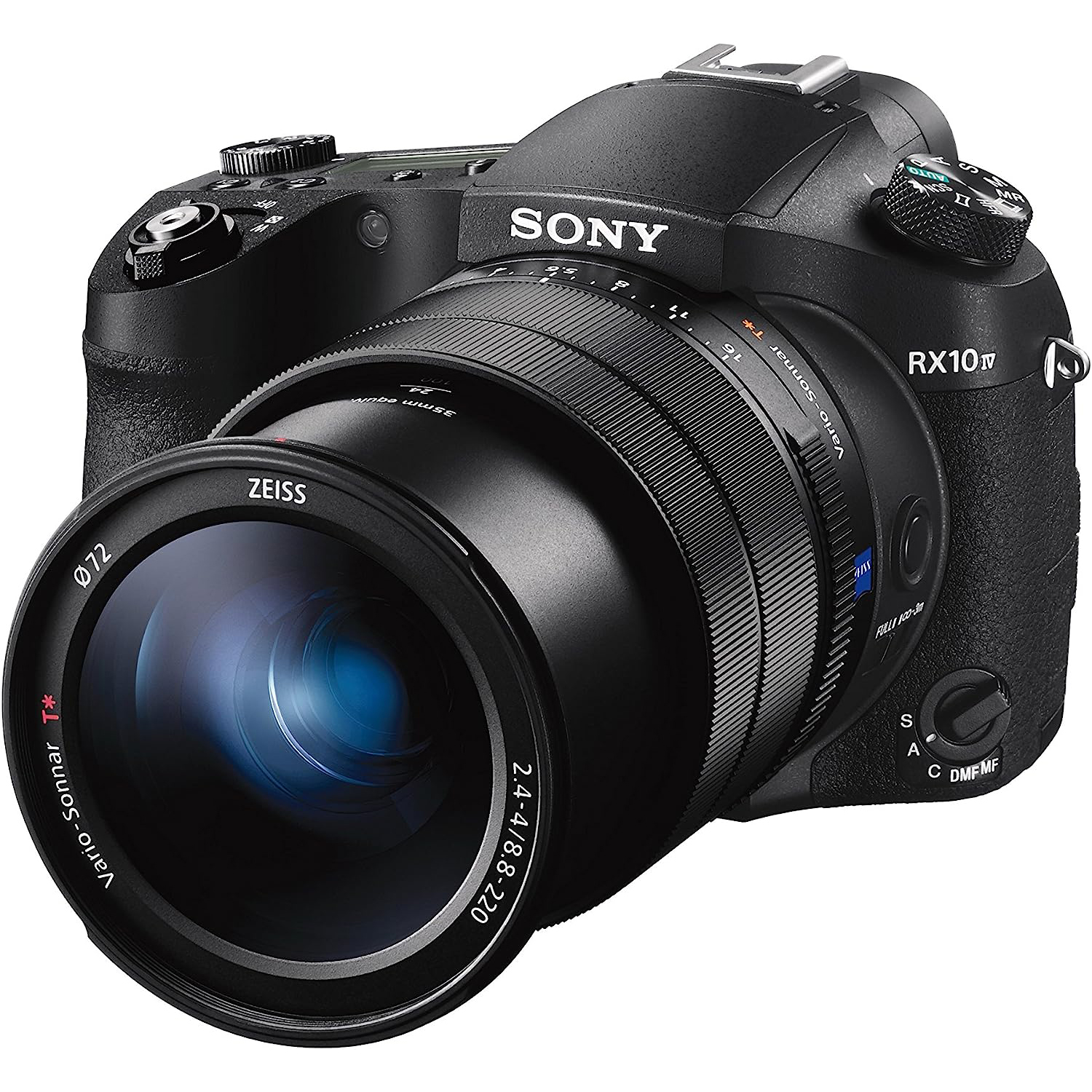
The best premium bridge camera
One of the best all-in-one bridge cameras that delivers incredibly high levels of detail thanks to its 1-inch, 20.1MP sensor and 24-600mm f/2.4-4 zoom lens.
For
- Easy to set up both the feeder and the camera
- Advanced features include a light, alarm and optional solar panel
- Plenty of mounting options
Against
- AI recognition isn’t perfect (though it should improve over time)
- Quite expensive
- Not very natural looking
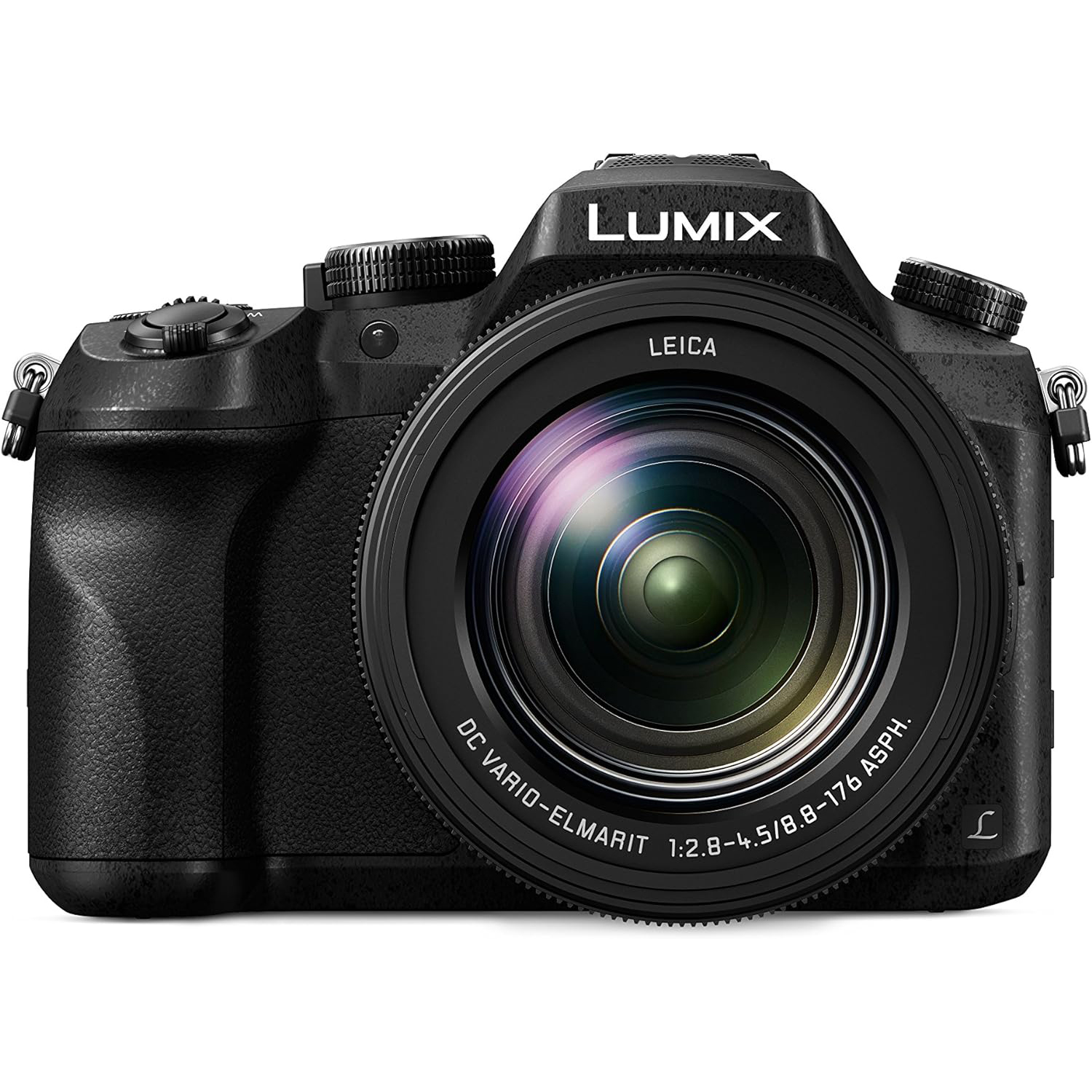
The best bridge camera for most people
With a DSLR-style body and a rich set of features, this bridge camera is instantly familiar for anyone who gets their hands on it.
For
- Easy to set up both the feeder and the camera
- Advanced features include a light, alarm and optional solar panel
- Plenty of mounting options
Against
- AI recognition isn’t perfect (though it should improve over time)
- Quite expensive
- Not very natural looking
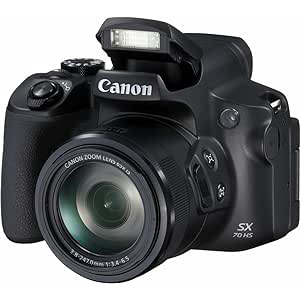
The best value bridge camera
One of the more conventional types of bridge cameras on the market. A great all-rounder that is perfect for those who want good value for money.
For
- Easy to set up both the feeder and the camera
- Advanced features include a light, alarm and optional solar panel
- Plenty of mounting options
Against
- AI recognition isn’t perfect (though it should improve over time)
- Quite expensive
- Not very natural looking
Best by use-case
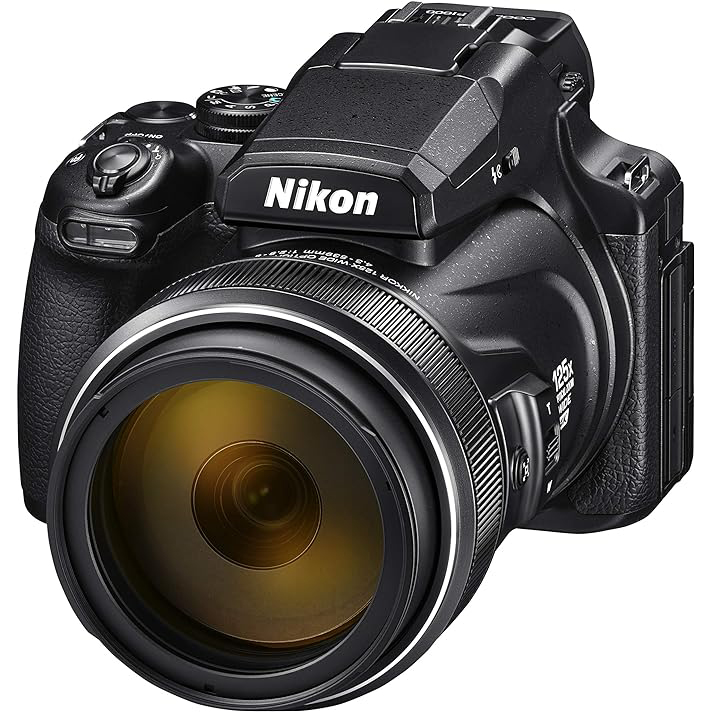
The best bridge camera for zoom
An unbelievable 125x optical zoom range gives the equivalent of 24-3000mm in 35mm terms. An ideal candidate for wildlife photography.
For
- Easy to set up both the feeder and the camera
- Advanced features include a light, alarm and optional solar panel
- Plenty of mounting options
Against
- AI recognition isn’t perfect (though it should improve over time)
- Quite expensive
- Not very natural looking
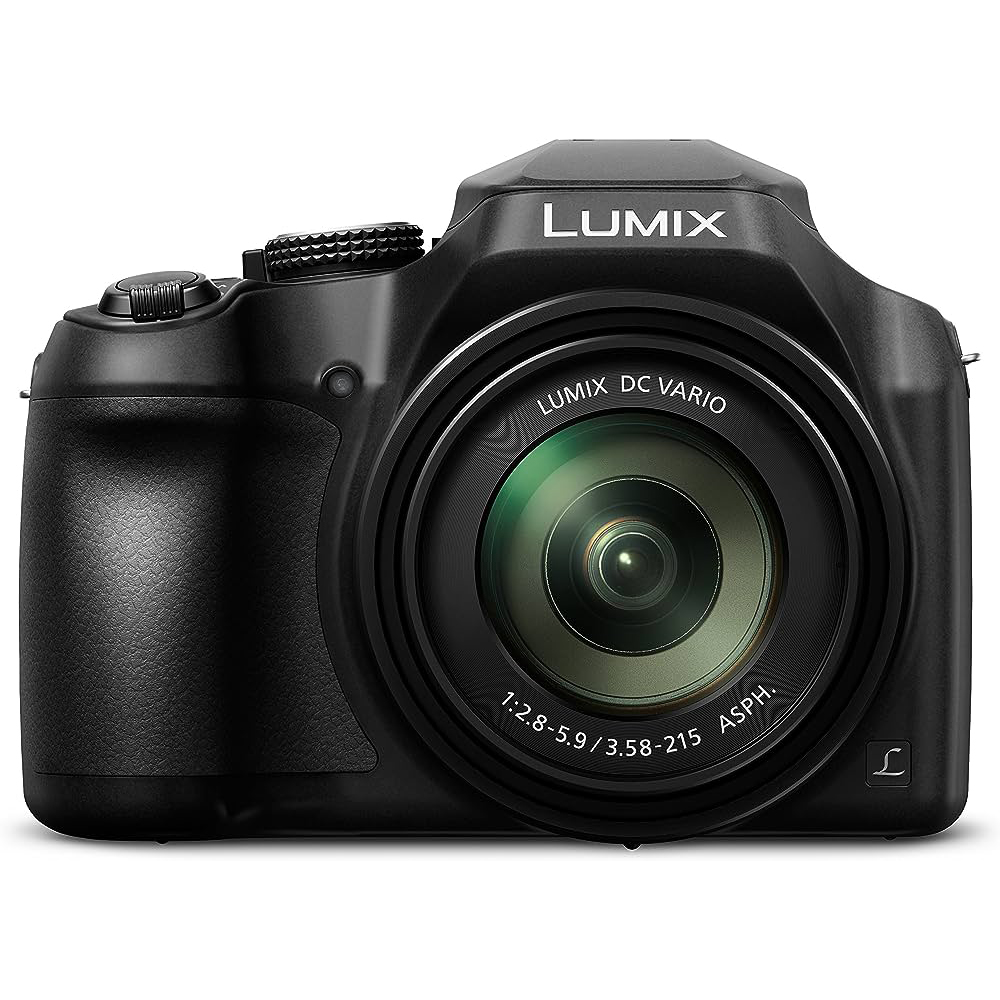
The best cheap bridge camera
Photographers on a tight budget benefit from a large zoom range, effective image stabilization, and 4K video recording.
For
- Easy to set up both the feeder and the camera
- Advanced features include a light, alarm and optional solar panel
- Plenty of mounting options
Against
- AI recognition isn’t perfect (though it should improve over time)
- Quite expensive
- Not very natural looking

The best bridge camera RX10 IV alternative
Avoid the price tag of the latest Sony cameras with this slightly dated model. You'll lose the advanced AF system but will still get a great 1-inch sensor and superb zoom lens.
For
- Easy to set up both the feeder and the camera
- Advanced features include a light, alarm and optional solar panel
- Plenty of mounting options
Against
- AI recognition isn’t perfect (though it should improve over time)
- Quite expensive
- Not very natural looking

Tim is TechRadar's Cameras editor, with over 15 years in the photo video industry and most of those in the world of tech journalism, Tim has developed a deeply technical knowledge and practical experience with all things camera related. He’s also worked in video production with clients including Canon, and volunteers his spare time to consult a non-profit, diverse stories team based in Nairobi.
The best Bridge Cameras in 2025
Why you can trust TechRadar
Below, you'll find full write-ups for each of the best bridge cameras in our list and a link to a full review. We've tested each one extensively, so you can be sure that our recommendations can be trusted.
The best premium bridge camera
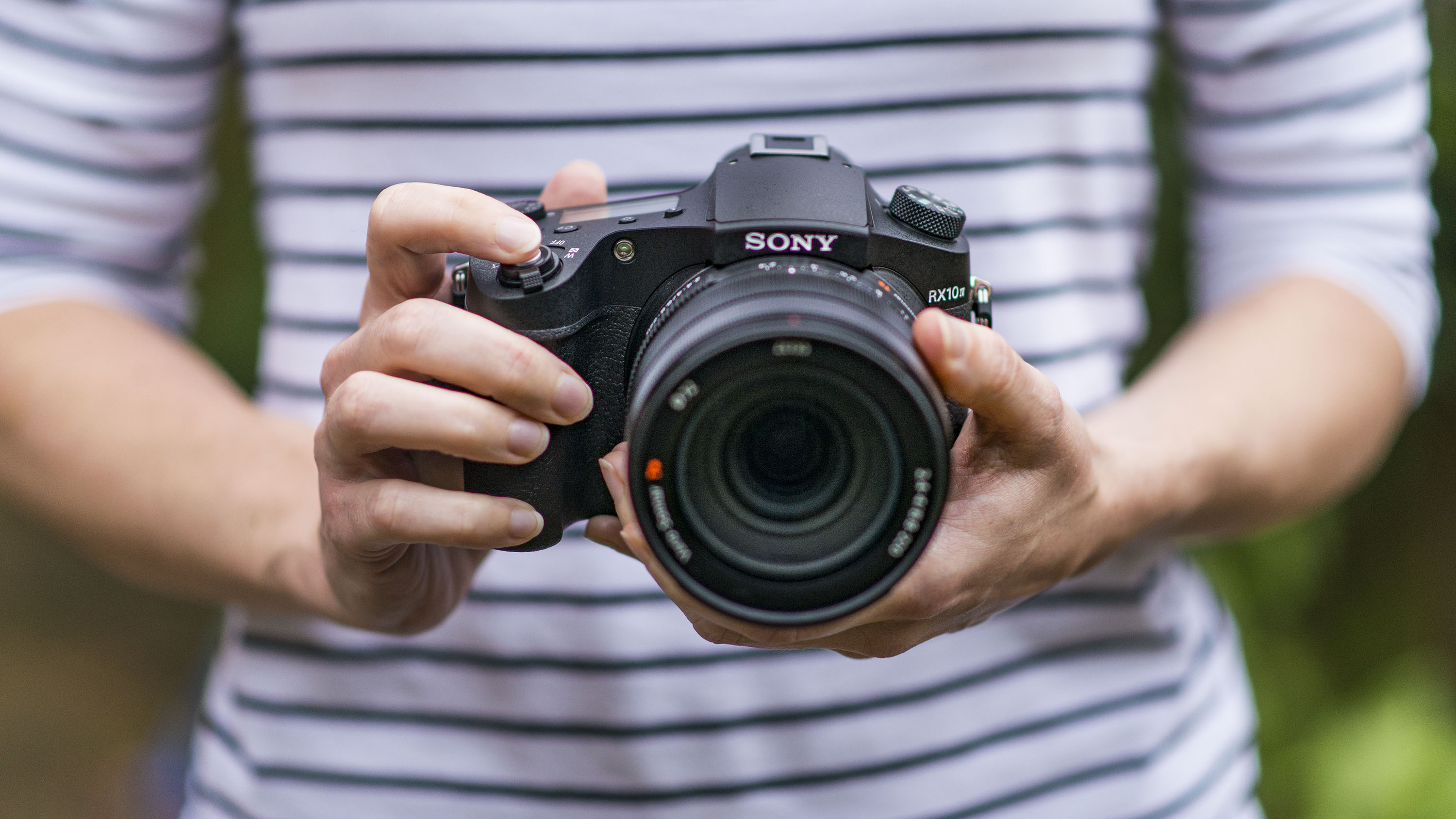
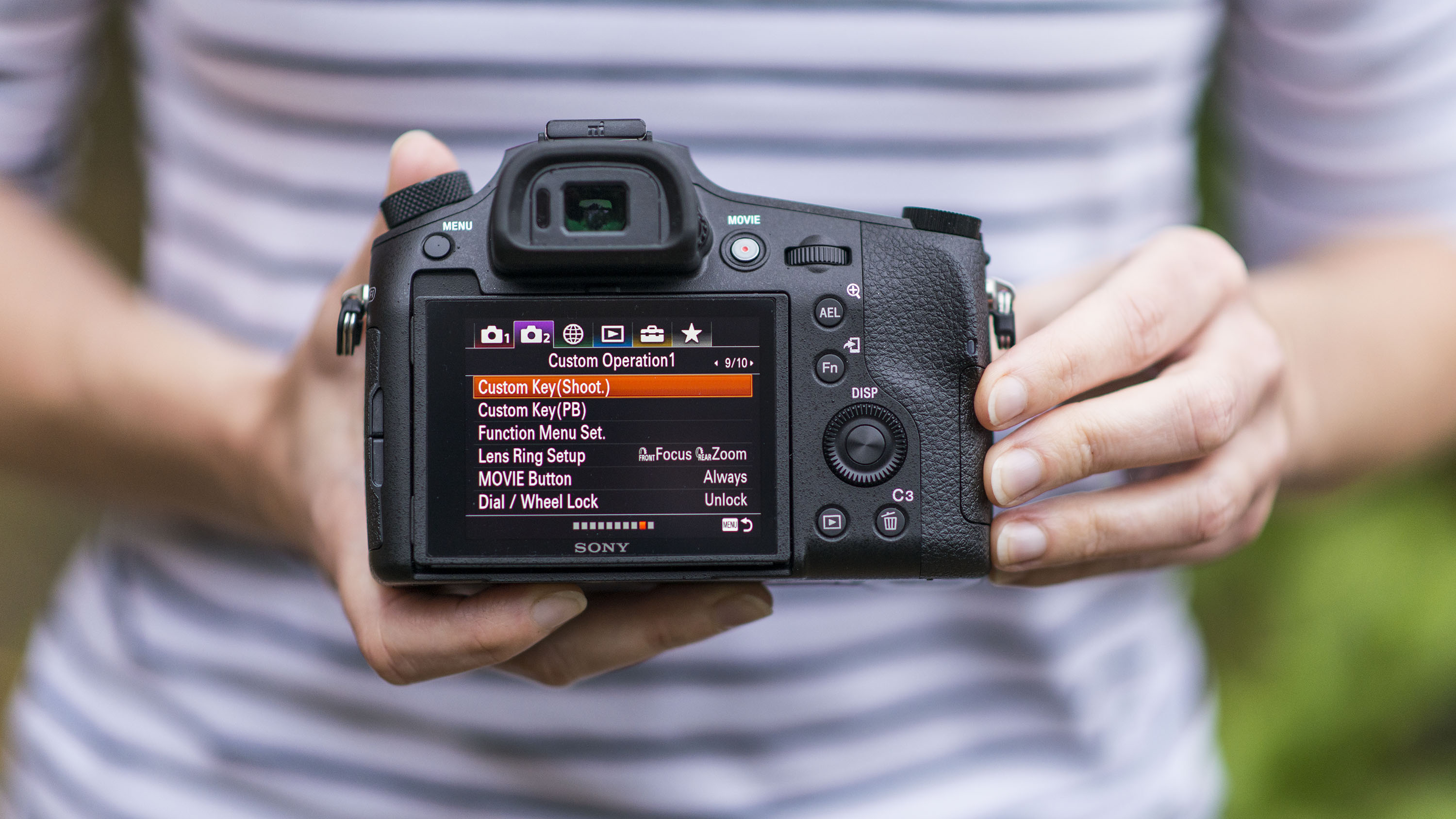
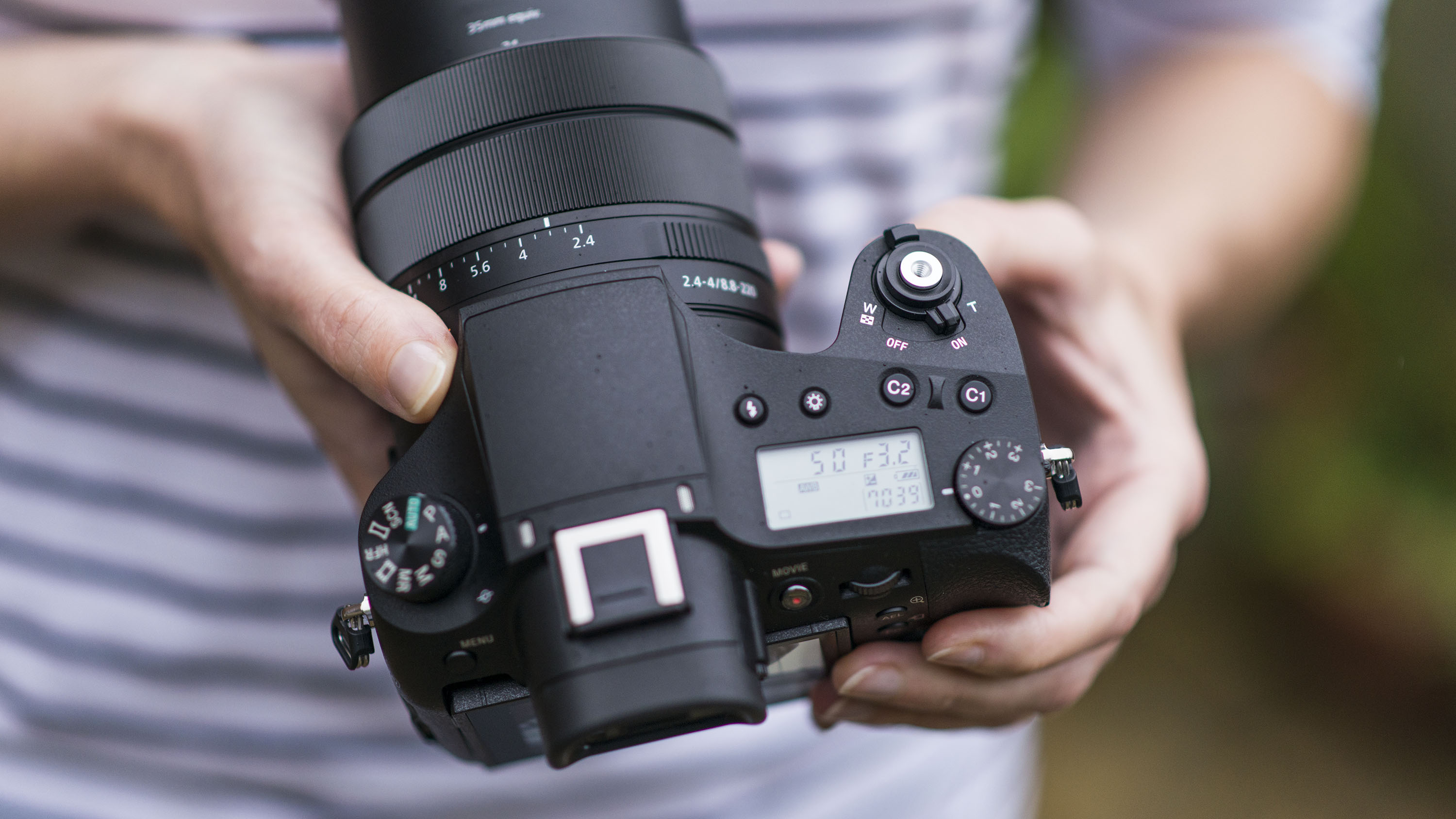
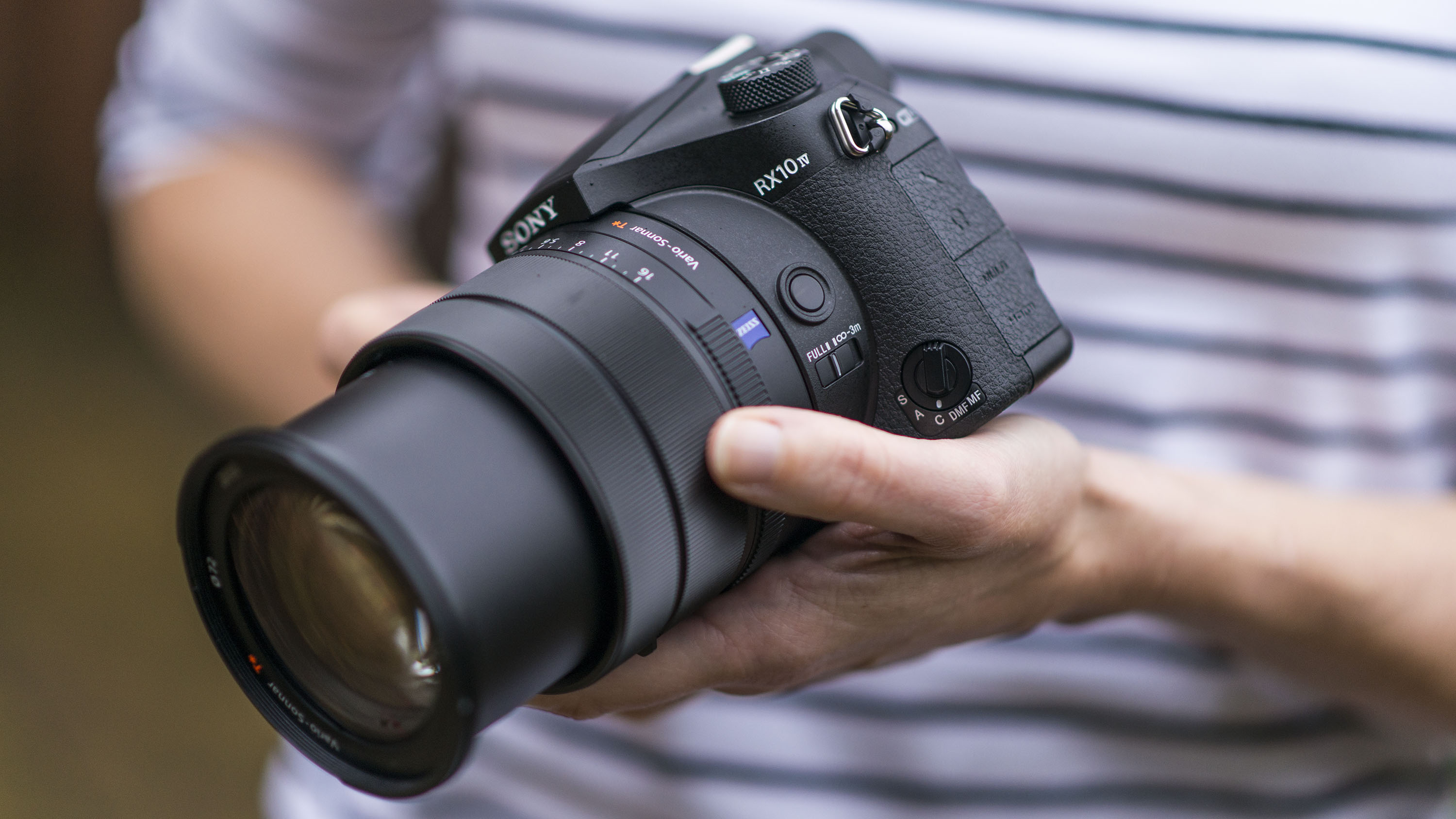
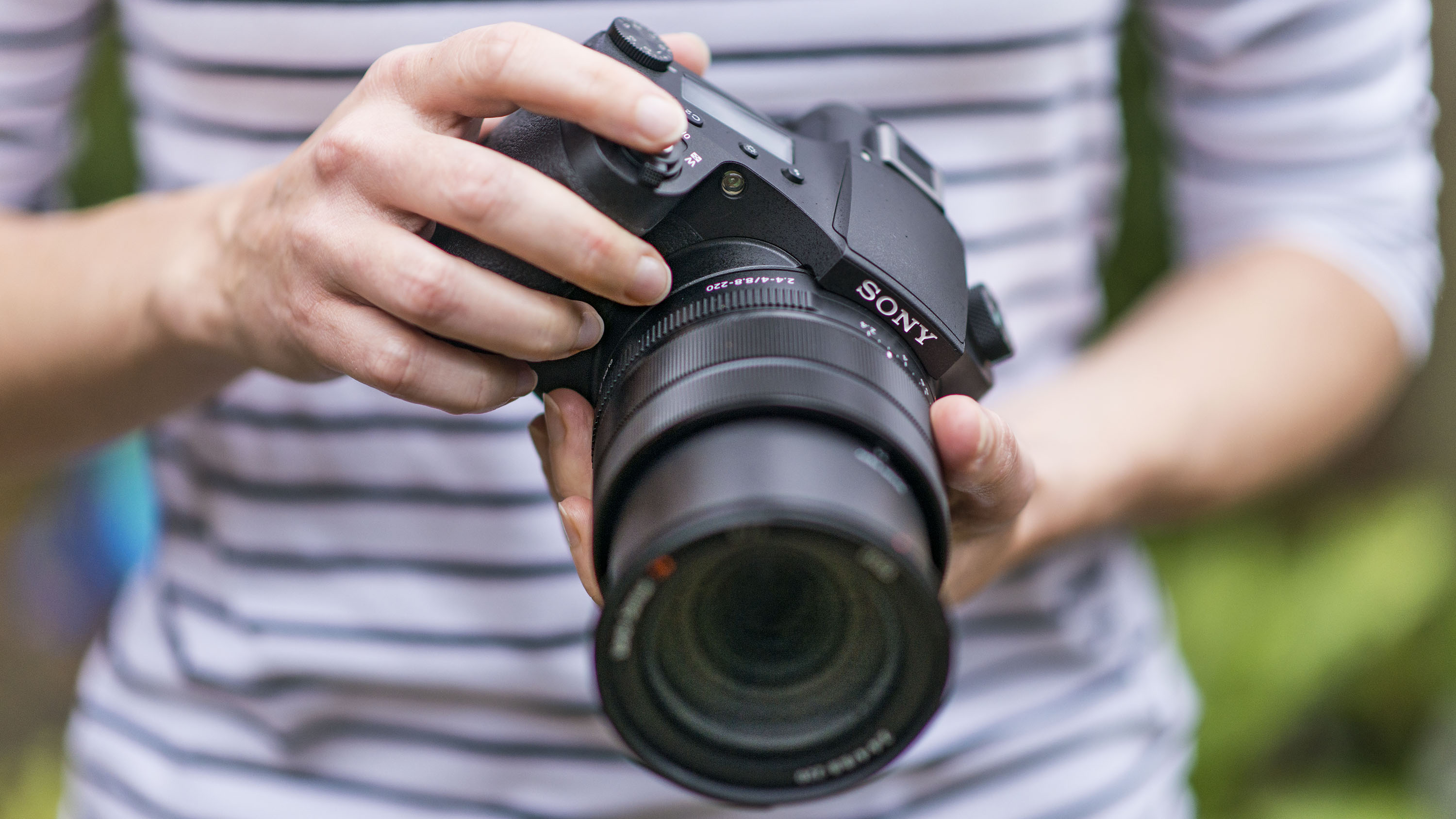
Specifications
Reasons to buy
Reasons to avoid
Sony Cyber-shot RX10 IV sample images




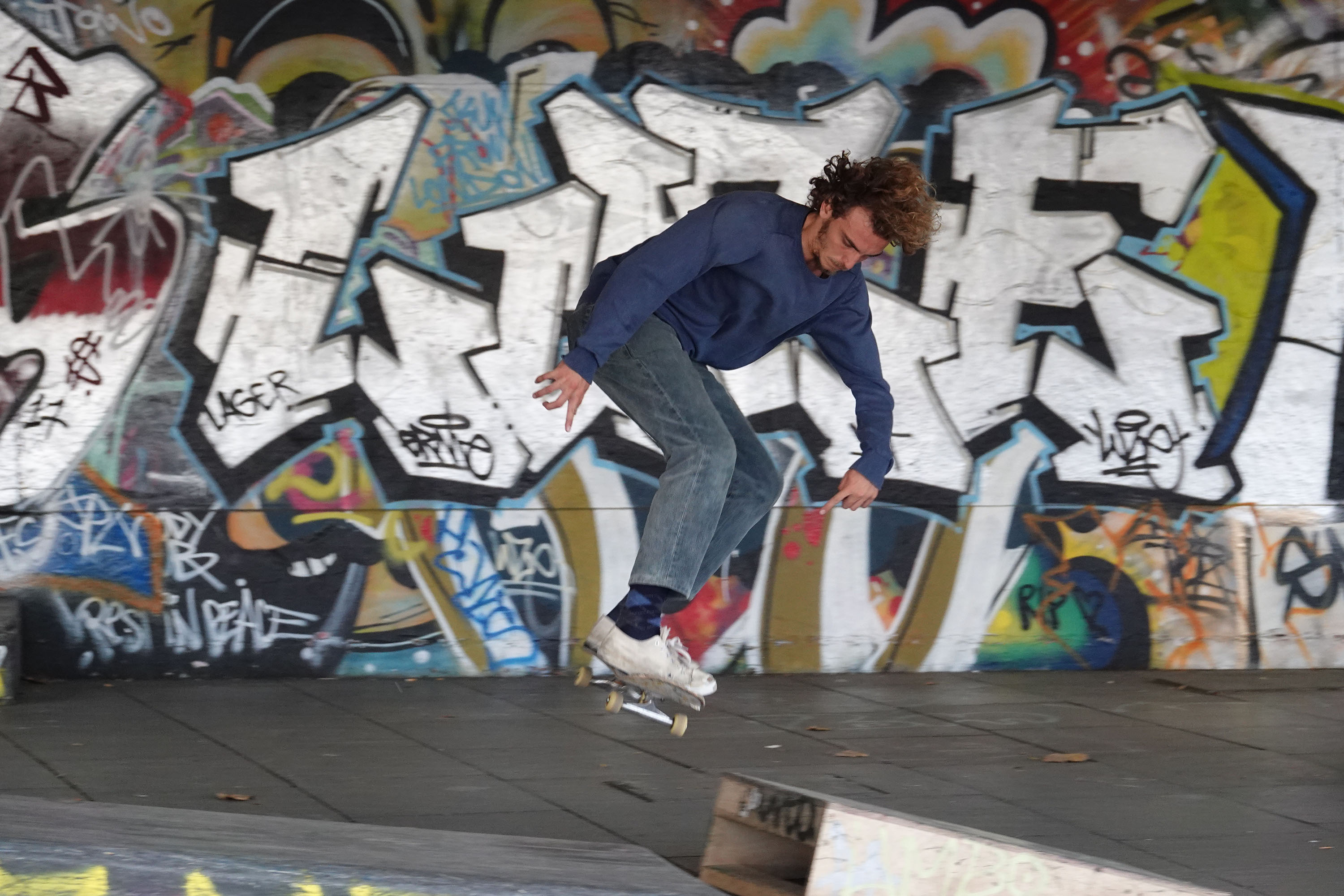
For those looking to buy a powerful all-in-one solution, you won't find anything better than the RX10 IV. Featuring a hugely flexible 24-600mm f/2.4-4 zoom lens, photographers will benefit from a generous amount of 'reach' when unable to get close to their subject. The RX10 IV builds on the RX10 III with an overhauled AF system that now does justice to the rest of the camera, and the 1-inch, 20.1 MP sensor is capable of achieving excellent levels of detail.
Alongside incredible zoom capabilities and amazing auto focus, the RX10 IV also delivers on the video front. Outstanding 4K capabilities are not commonplace in bridge cameras, but this seems to buck the trend. It's quite bulky for a bridge camera, and there's no getting away from the hefty price, but the RX10 IV is virtually in a league of its own and is perhaps even deserving of a better name than 'bridge'.
- Read our in-depth Sony Cyber-shot RX10 IV review
The best bridge camera for most people
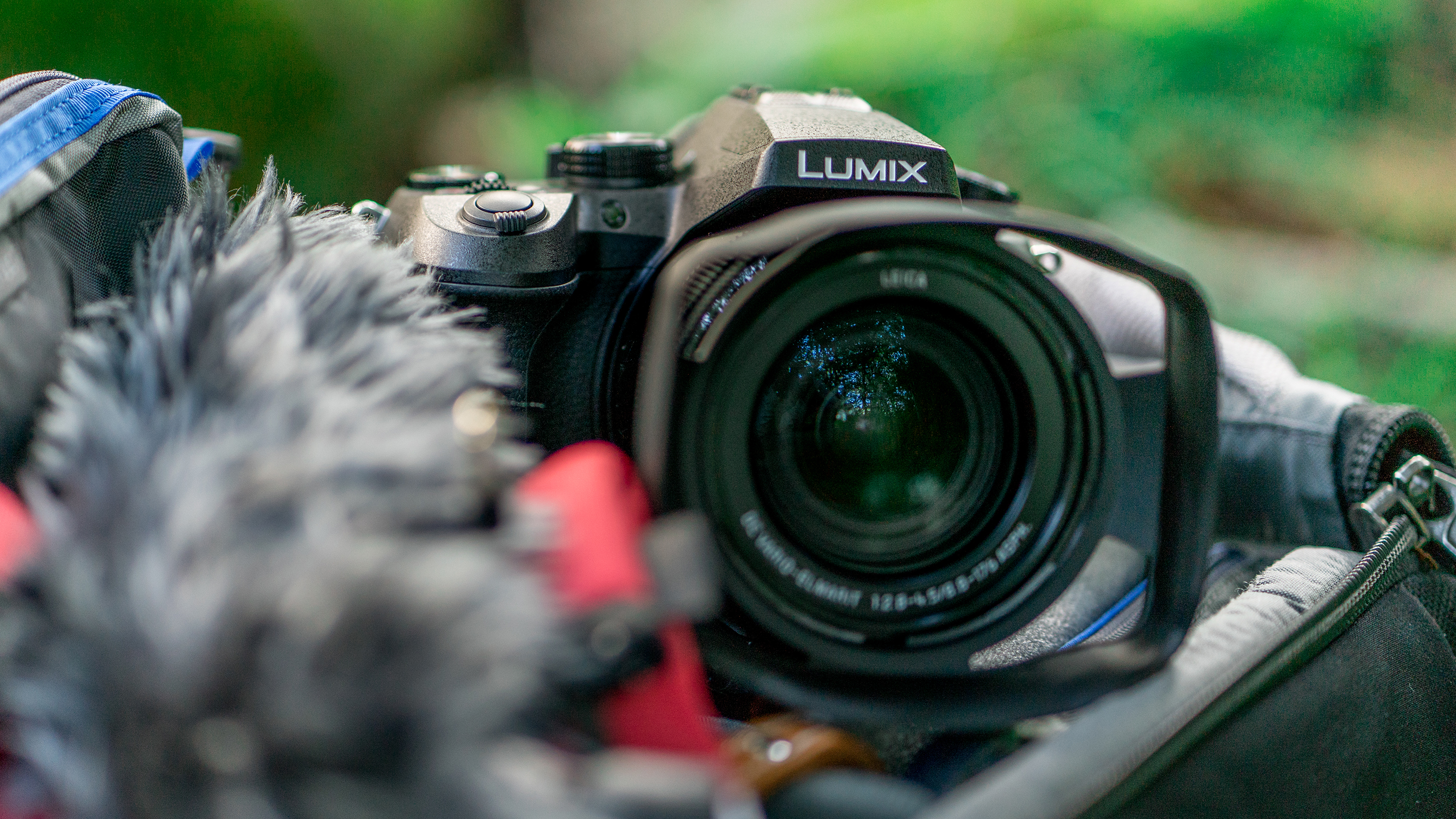
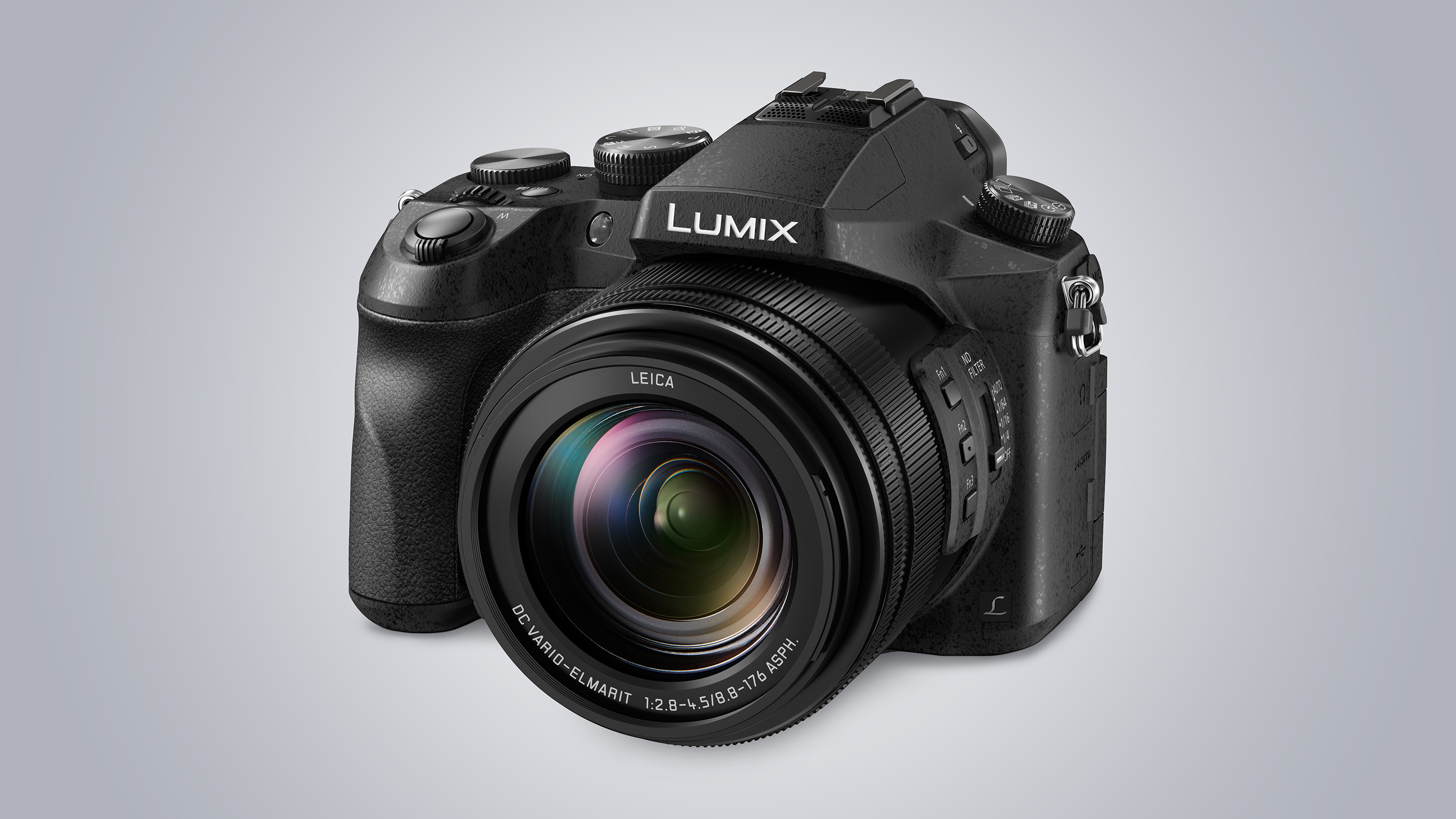
Specifications
Reasons to buy
Reasons to avoid
Panasonic Lumix FZ2000 / FZ2500 sample images

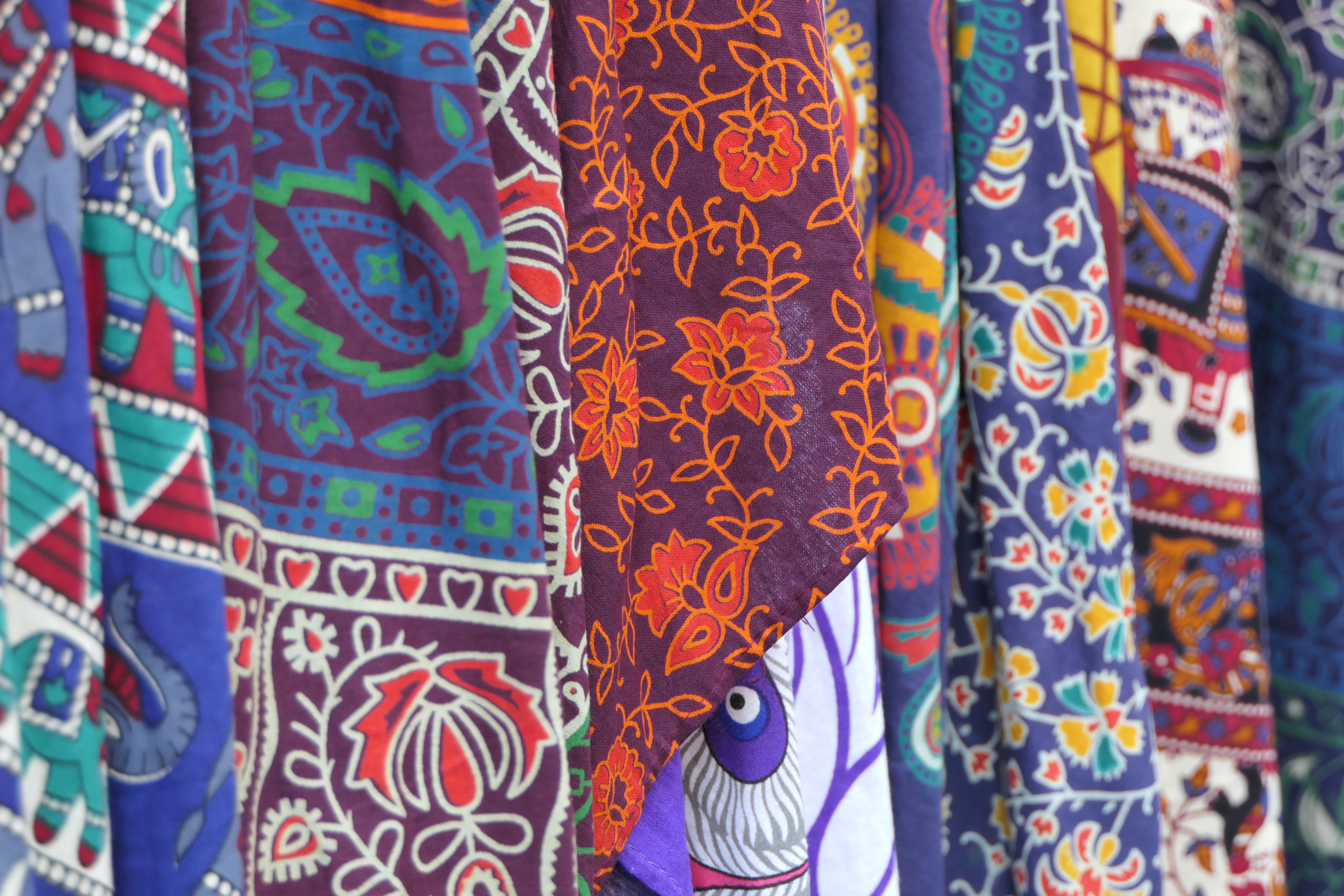



If your budget doesn't quite stretch to RX10 IV levels but you still want something top-quality, flexible and with great image quality, the Panasonic Lumix FZ2000 (known as the FZ2500 in the US) is an excellent choice. It uses a 1-inch sensor alongside a Venus processing engine, which makes it particularly good for recording video. 30p and 24p frame rates are available at the top resolution, and 60p if you drop it to 1080p. One of our favourite video features is the ability to use the Live Cropping feature, which allows users to pan or zoom across the frame without manually having to do so, with the camera outputting the results in Full HD quality.
The FZ2000/FZ2500 is also a very capable stills camera. Despite the zoom topping out at 480mm equivalent, a range that is relatively short for a bridge camera, you'll still find it to be plenty for all but the most extreme everyday use. We'd certainly sacrifice a little zoom range for better and faster optics, and we love the FZ2000 because it delivers both image quality and zoom range.
- Read our in-depth Panasonic Lumix FZ2000 / FZ2500 review
The best value bridge camera
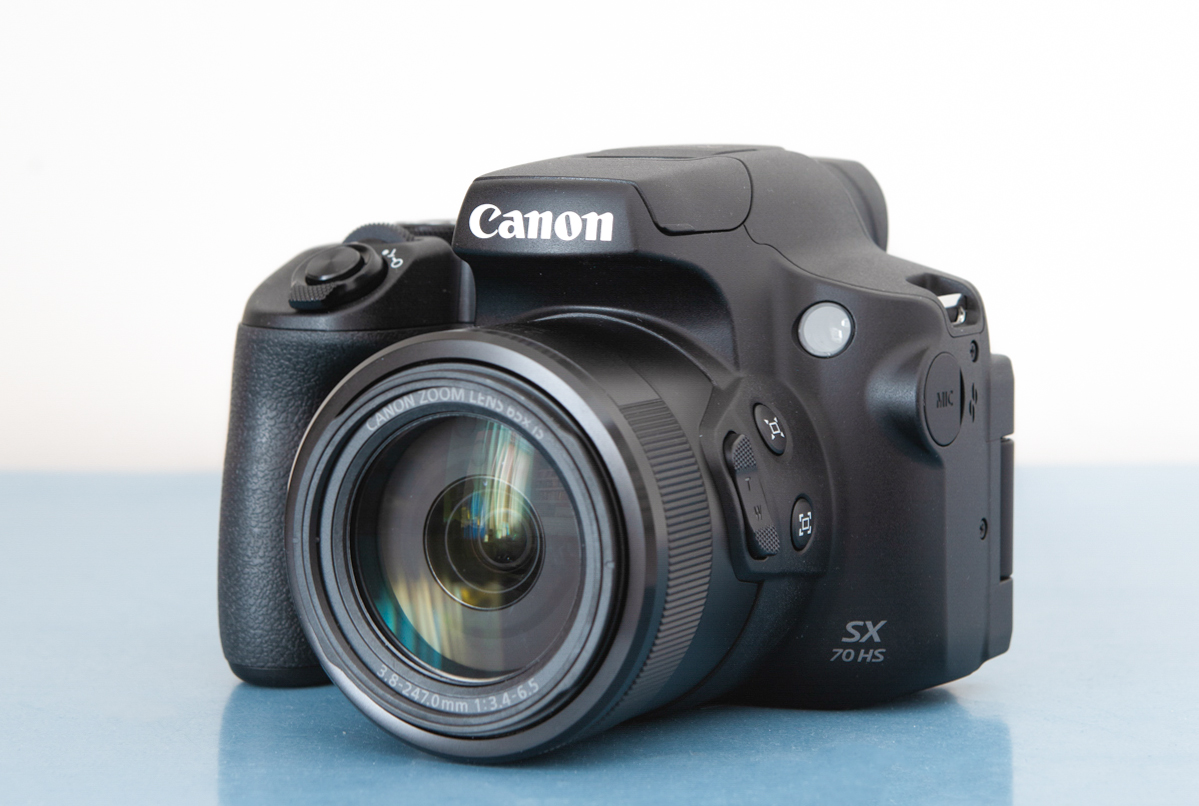
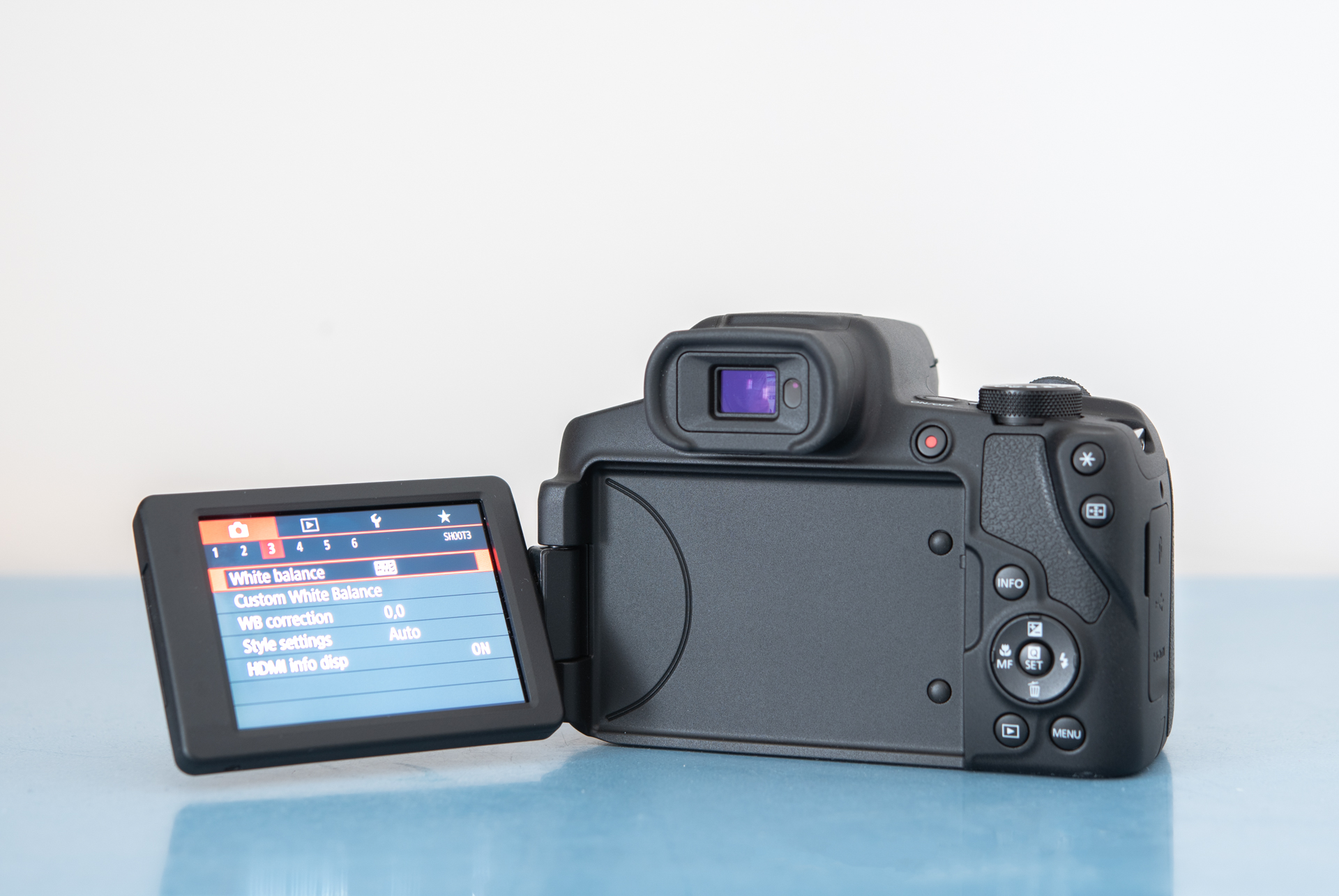
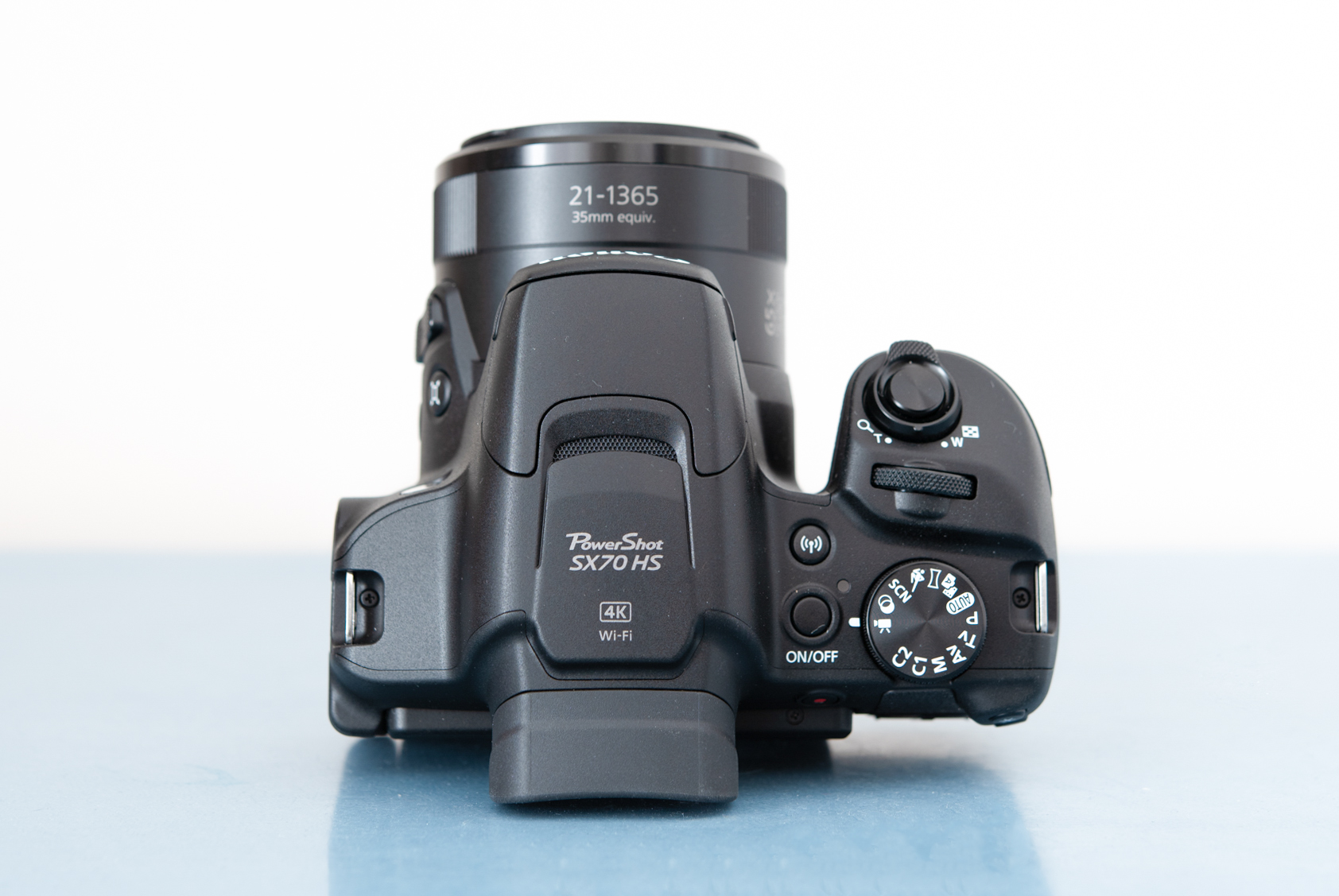
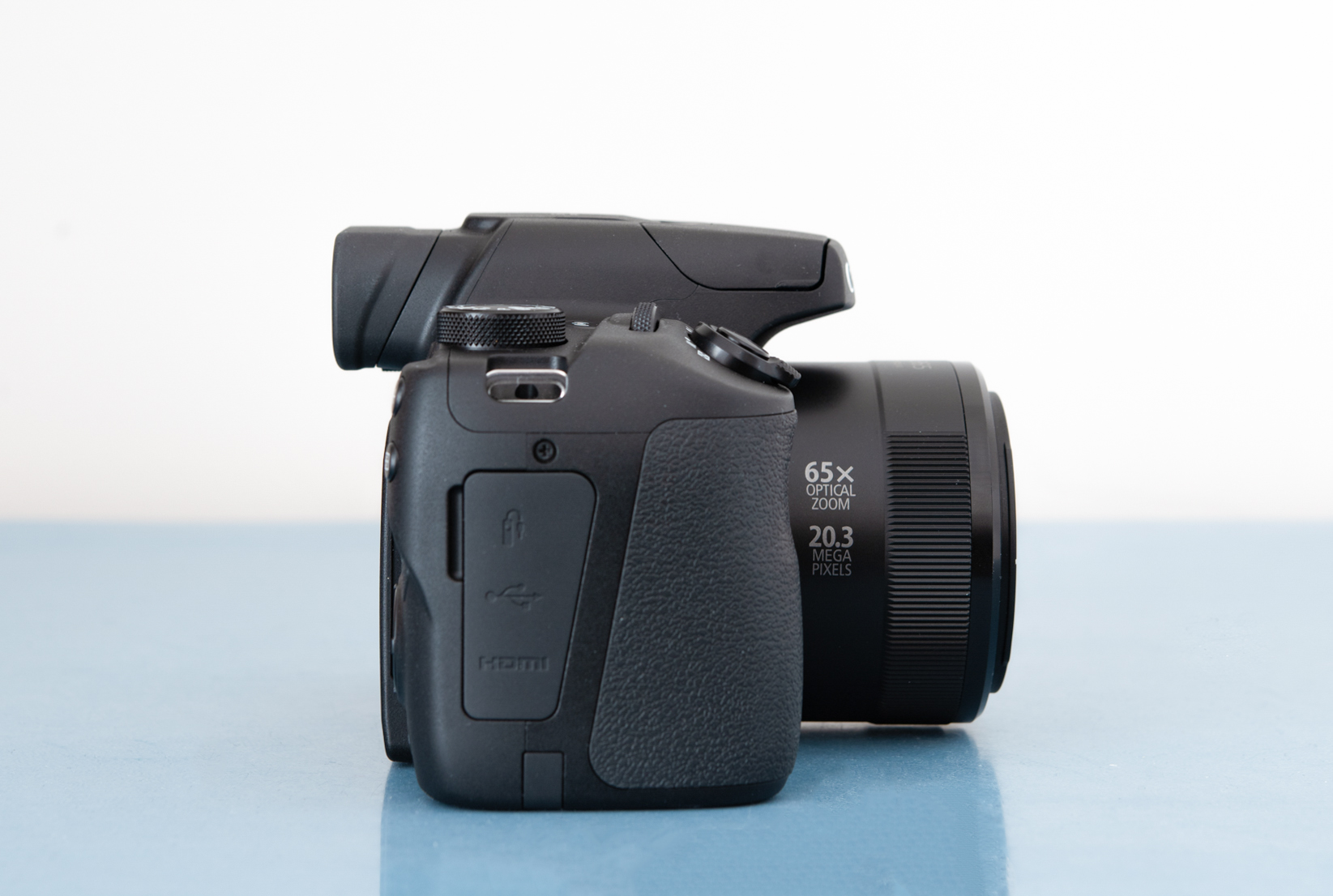
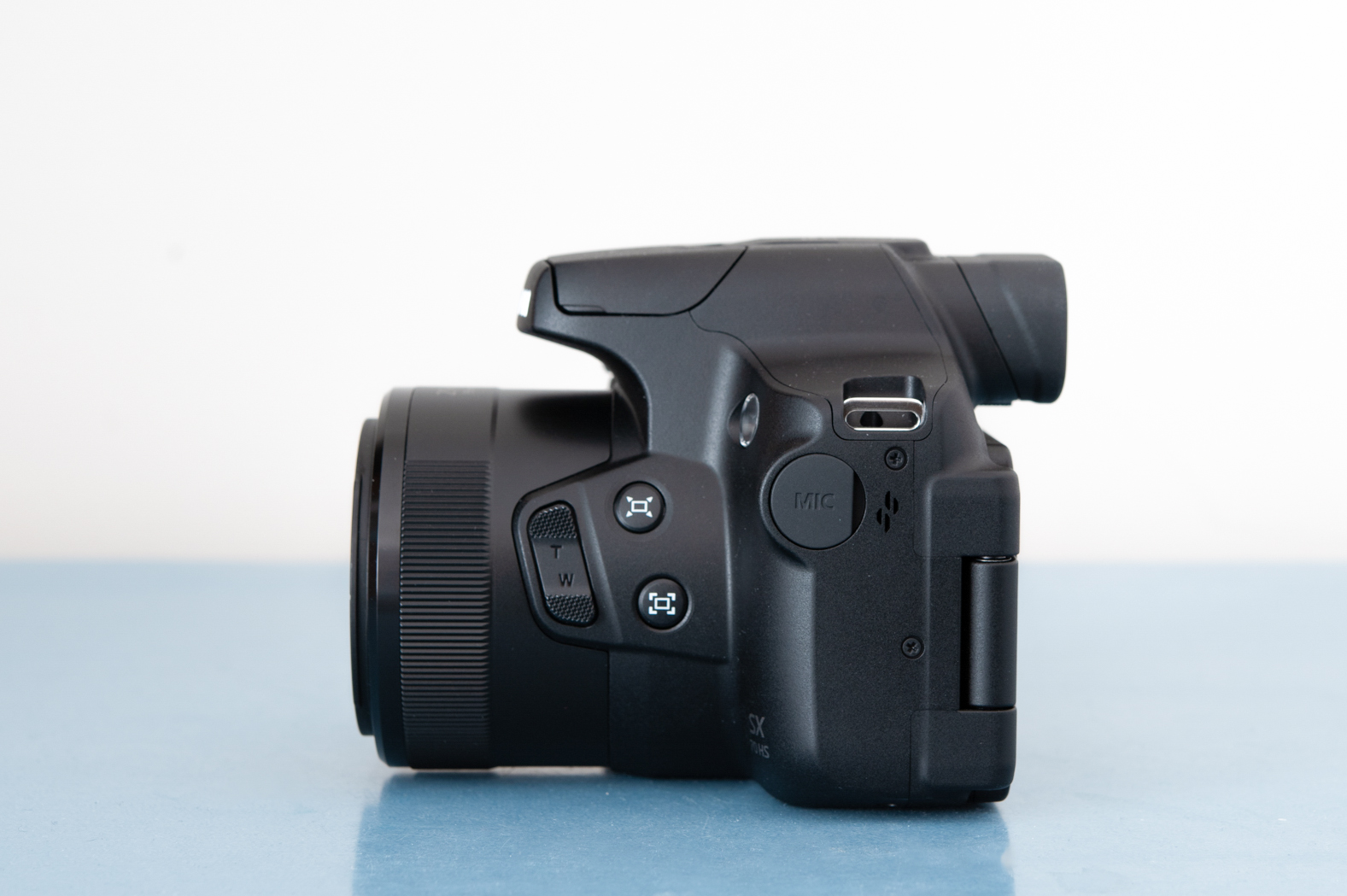
Specifications
Reasons to buy
Reasons to avoid
Canon PowerShot SX70 HS sample images
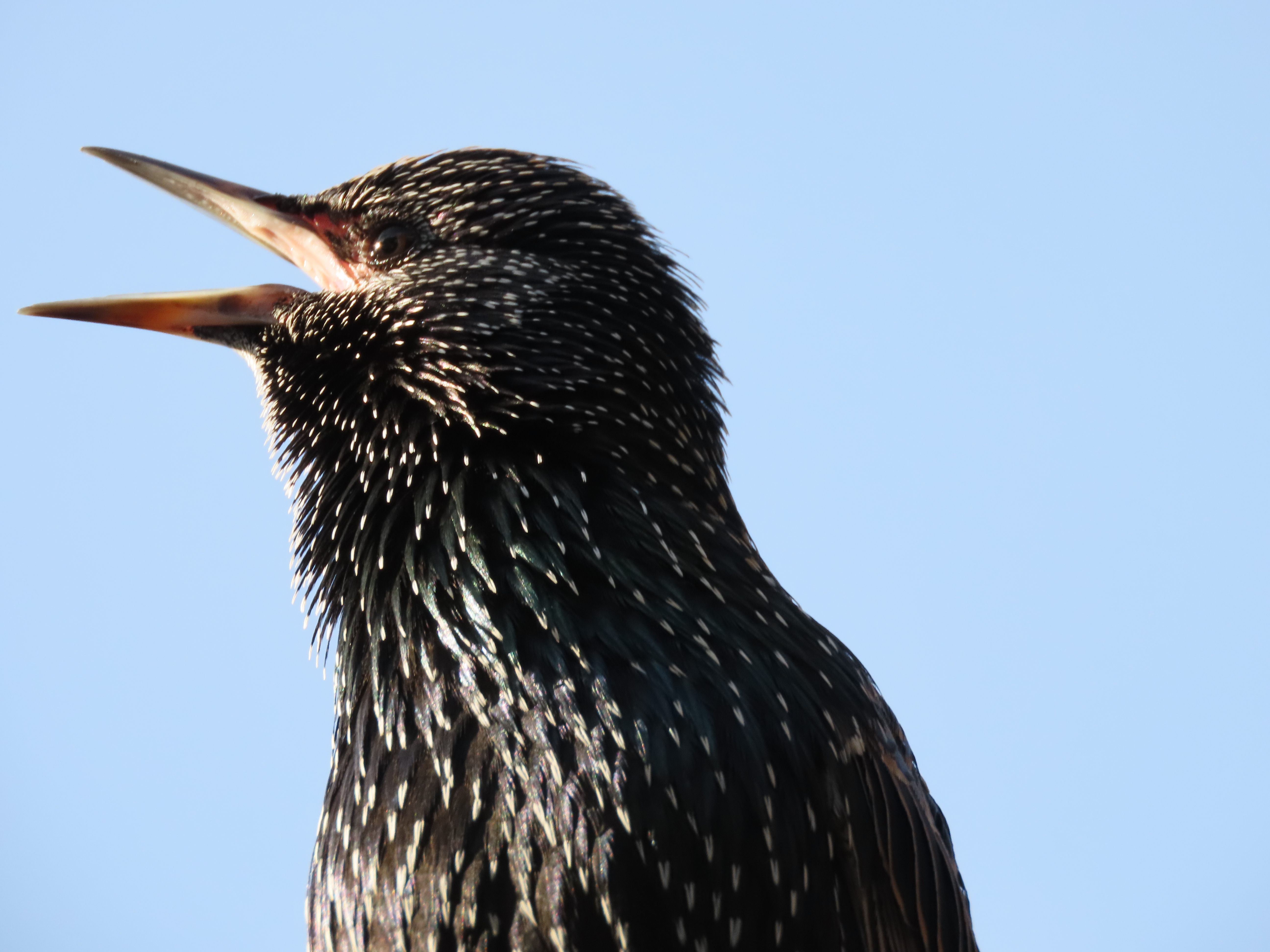




Canon's PowerShot SX70 HS is what we'd consider a more conventional bridge camera than those found in the top four. That's because it uses a smaller 1/2.3-inch sensor, which gives you the advantage of a ginormous 65x optical zoom range. You still get full manual control, along with other great features such as a fully articulated screen (it lacks touch sensitivity though), a decent electronic viewfinder, and the ability to shoot in raw format. In-built Wi-Fi and NFC are additional bonuses.
This is a classic all-rounder that would suit those looking for something relatively small and light for trips such as safaris, where that big zoom comes into its own. A bugbear is having to activate the viewfinder manually since there's no sensor, but otherwise it's a solid performer. Image quality is very good, with the image stabilization system doing a good job of keeping captures even at the extreme end of the telephoto lens sharp. Shooting at a wide angle and low light are not this camera's forte, but there's good autofocus performance and speedy operation to compensate.
- Read our in-depth Canon PowerShot SX70 HS review
The best bridge camera for zoom
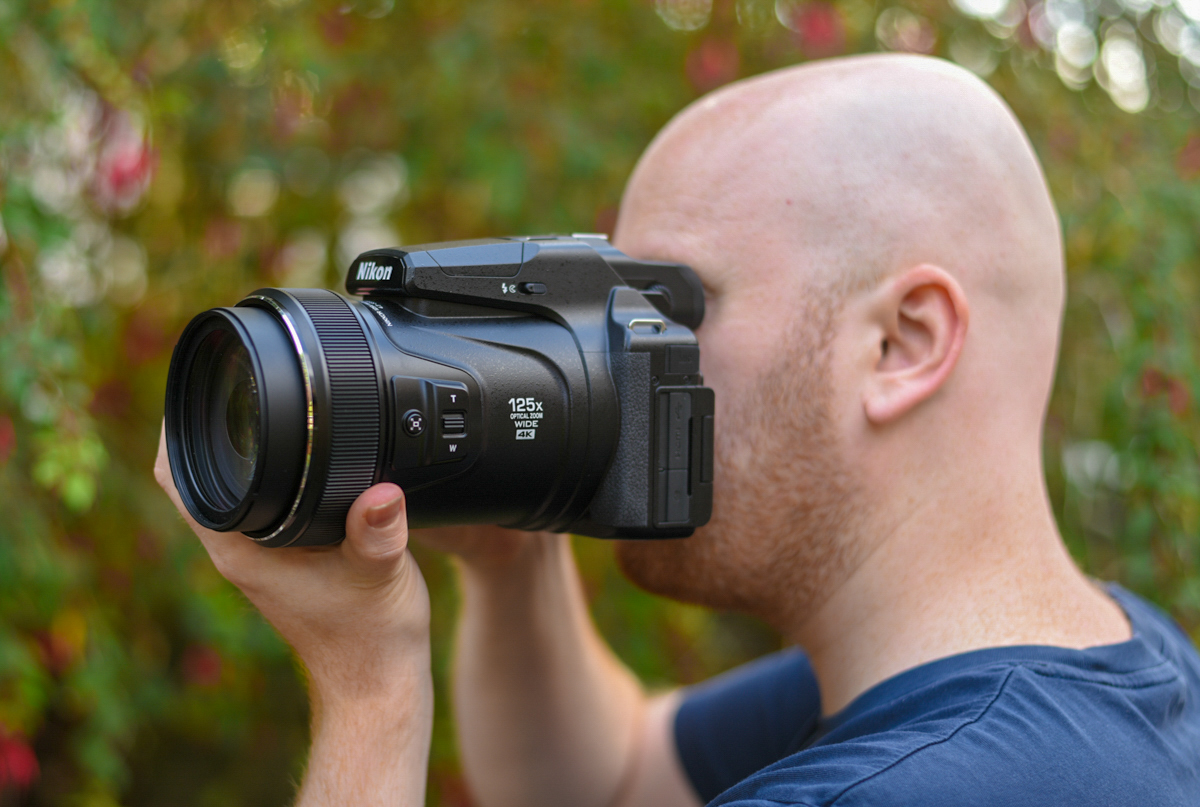
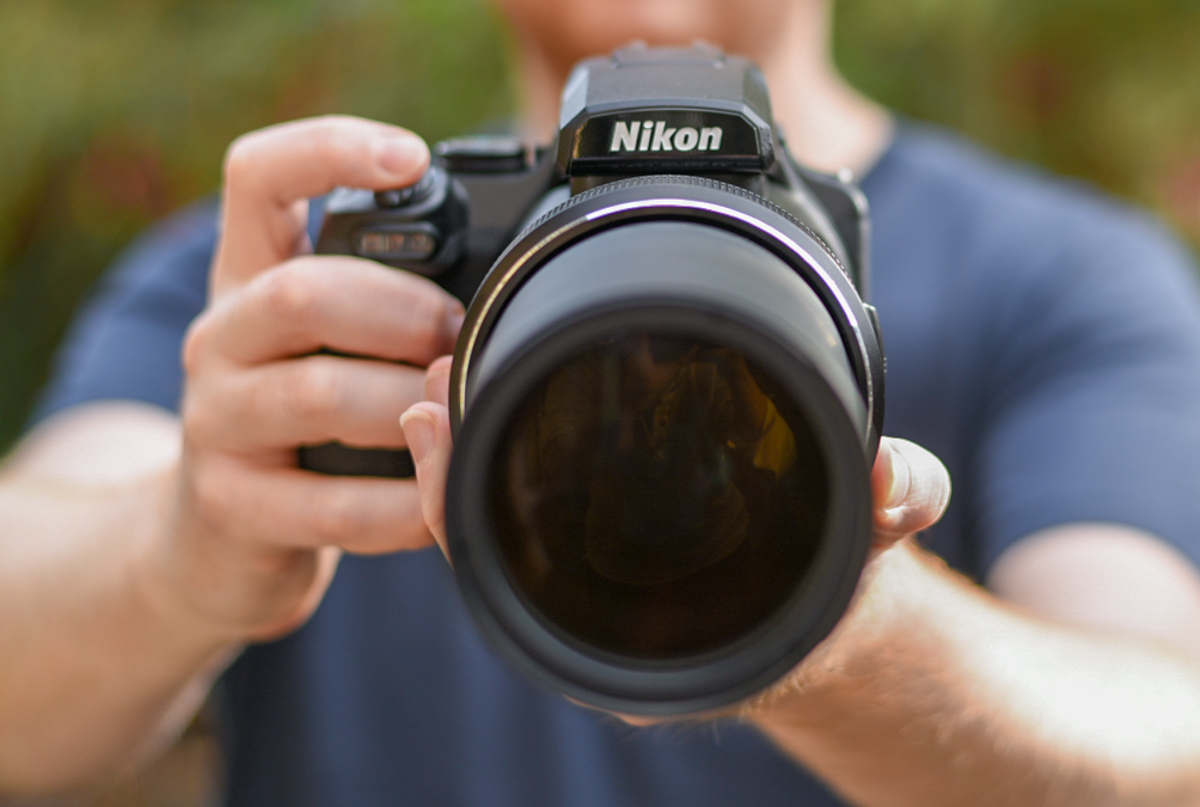
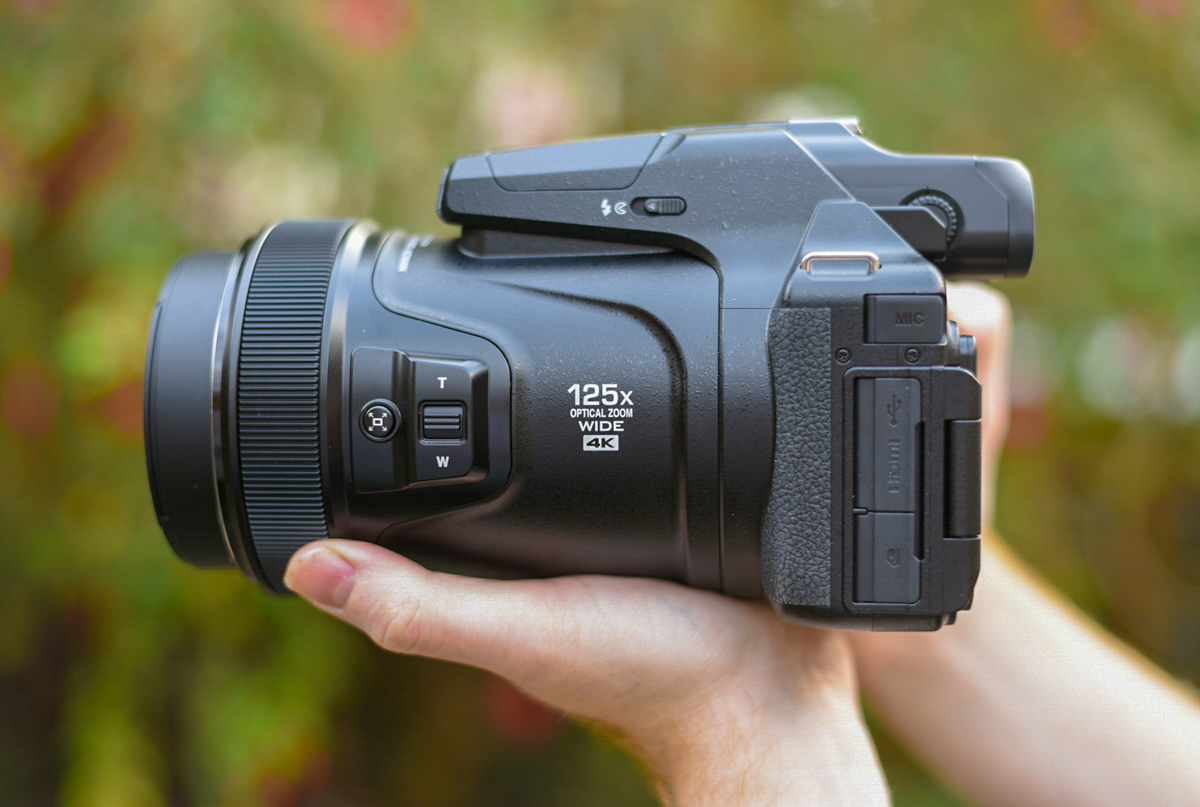
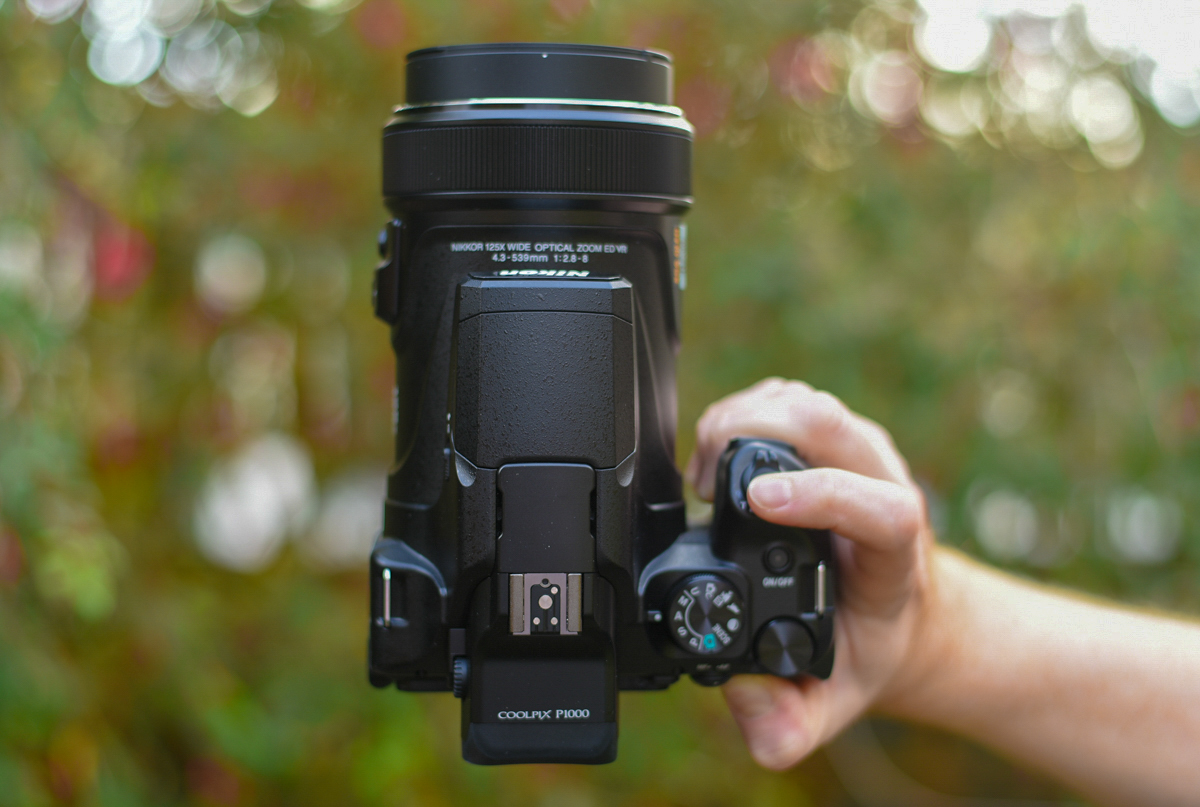
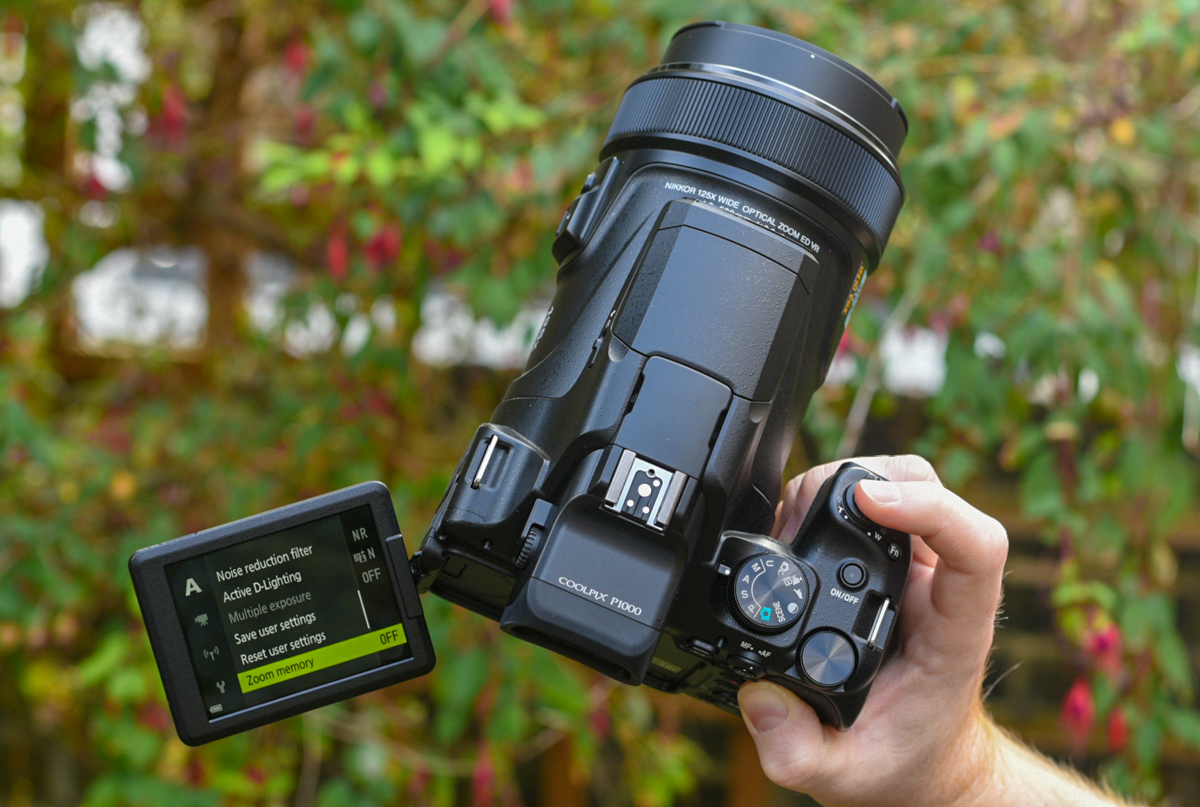
Specifications
Reasons to buy
Reasons to avoid
Nikon Coolpix P1000 sample images
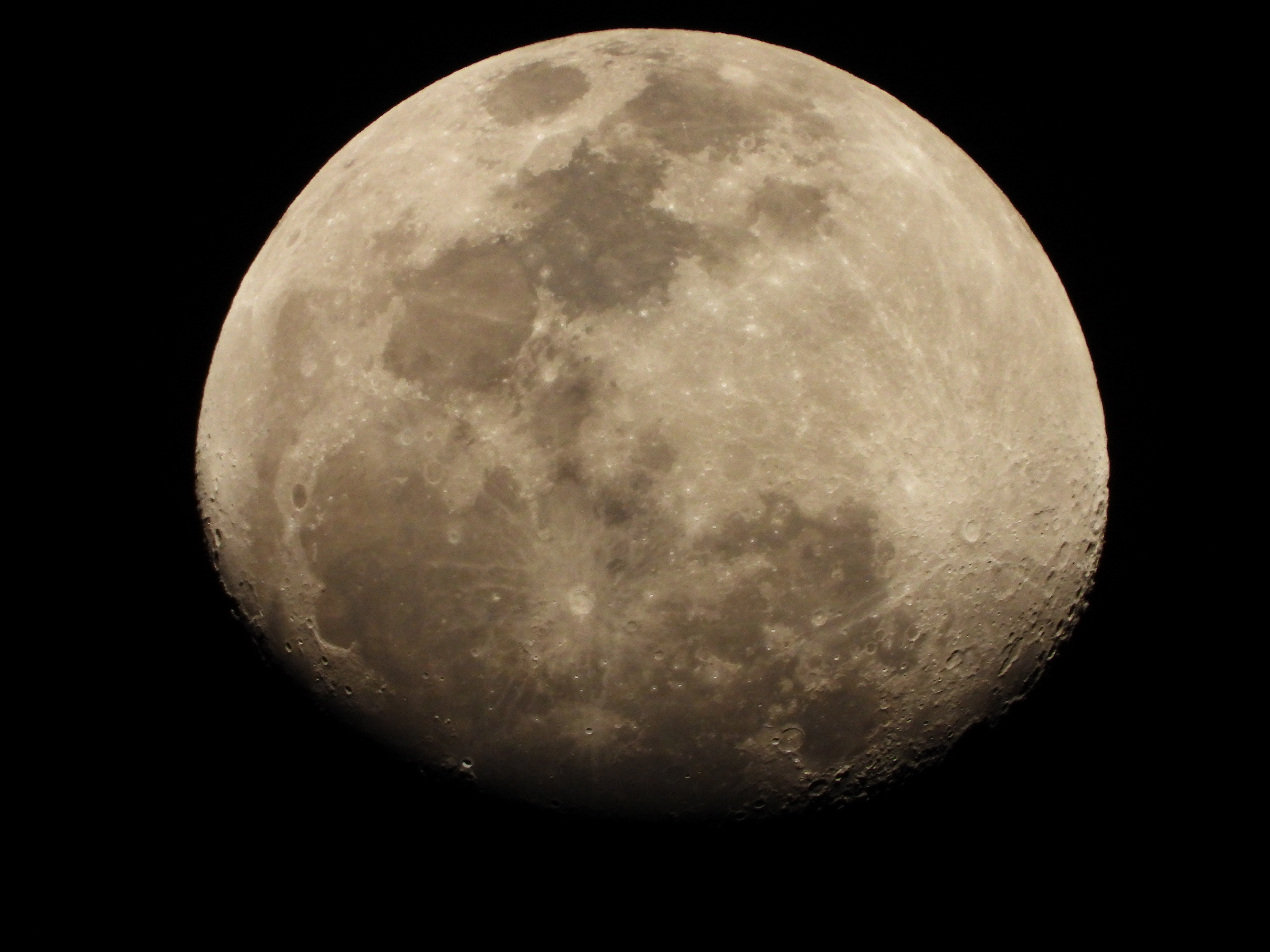



The Coolpix P1000 is the follow-up to the P900 and stretches what we’ve come to expect from superzoom cameras a little bit further. It's all down to the lens, that packs a massive 125x optical zoom range, equivalent to 24-3000mm in 35mm terms. Photographers will be hard pushed to find an object that they can't zoom in on, be it wildlife or even the moon.
If you absolutely need a camera with a 3000mm-equivalent lens, the fact that the P1000 is alone in offering this makes your decision easy. Unfortunately, there are quite a few areas of weakness, including the huge body, less-than-reliable autofocus, a sub-standard LCD, and operational strifes.
- Read our in-depth Nikon Coolpix P1000 review
The best cheap bridge camera
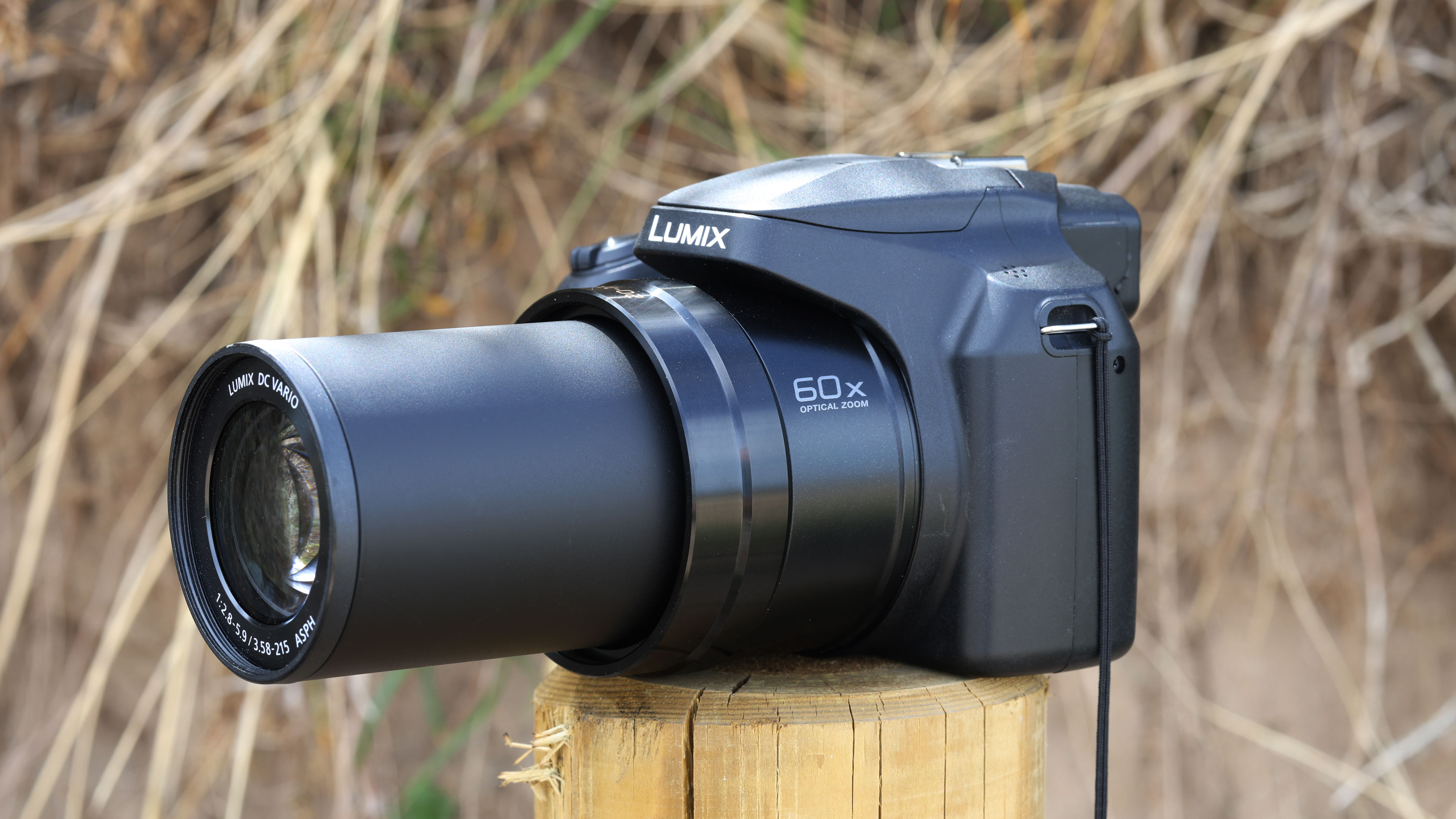
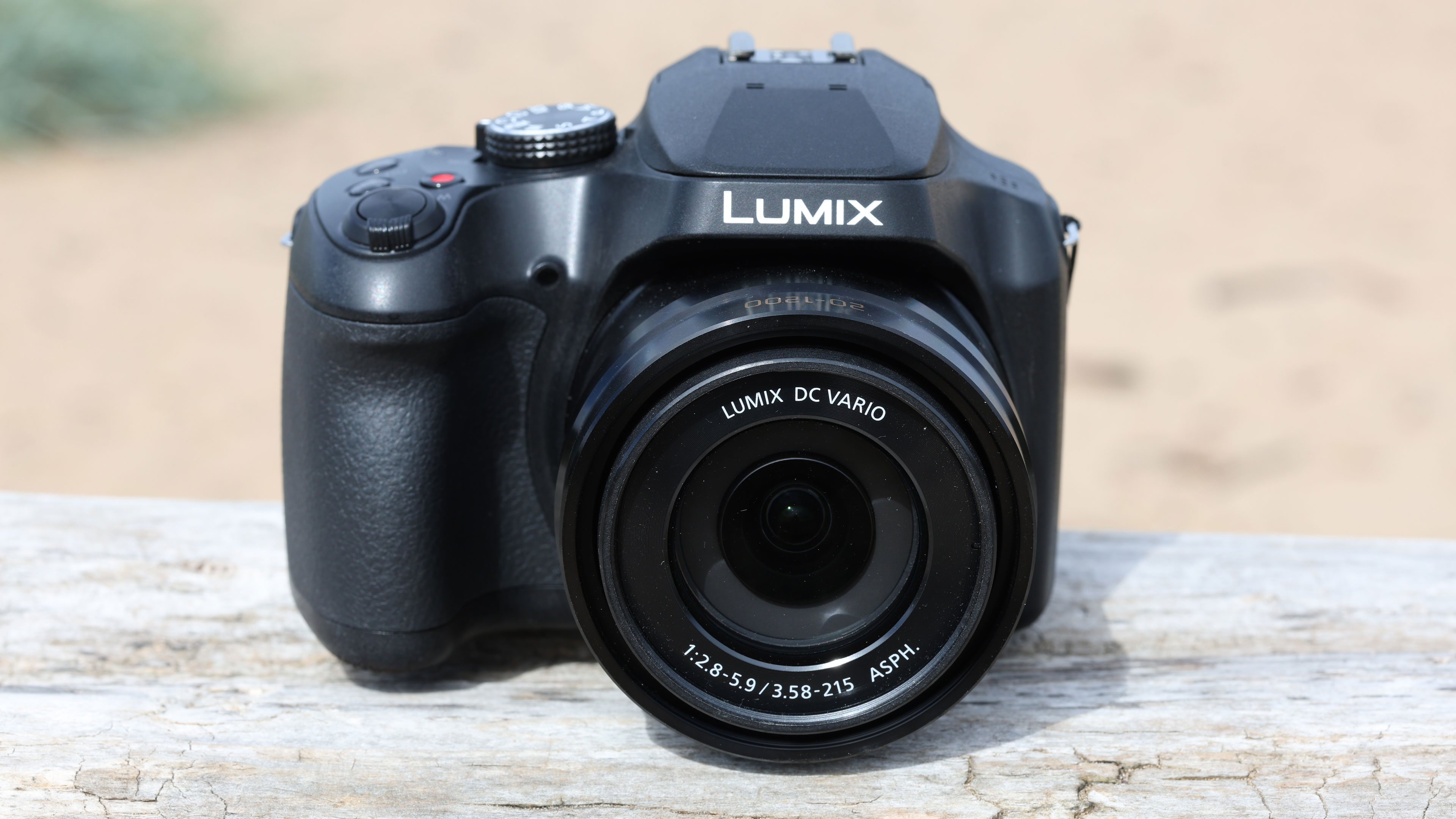
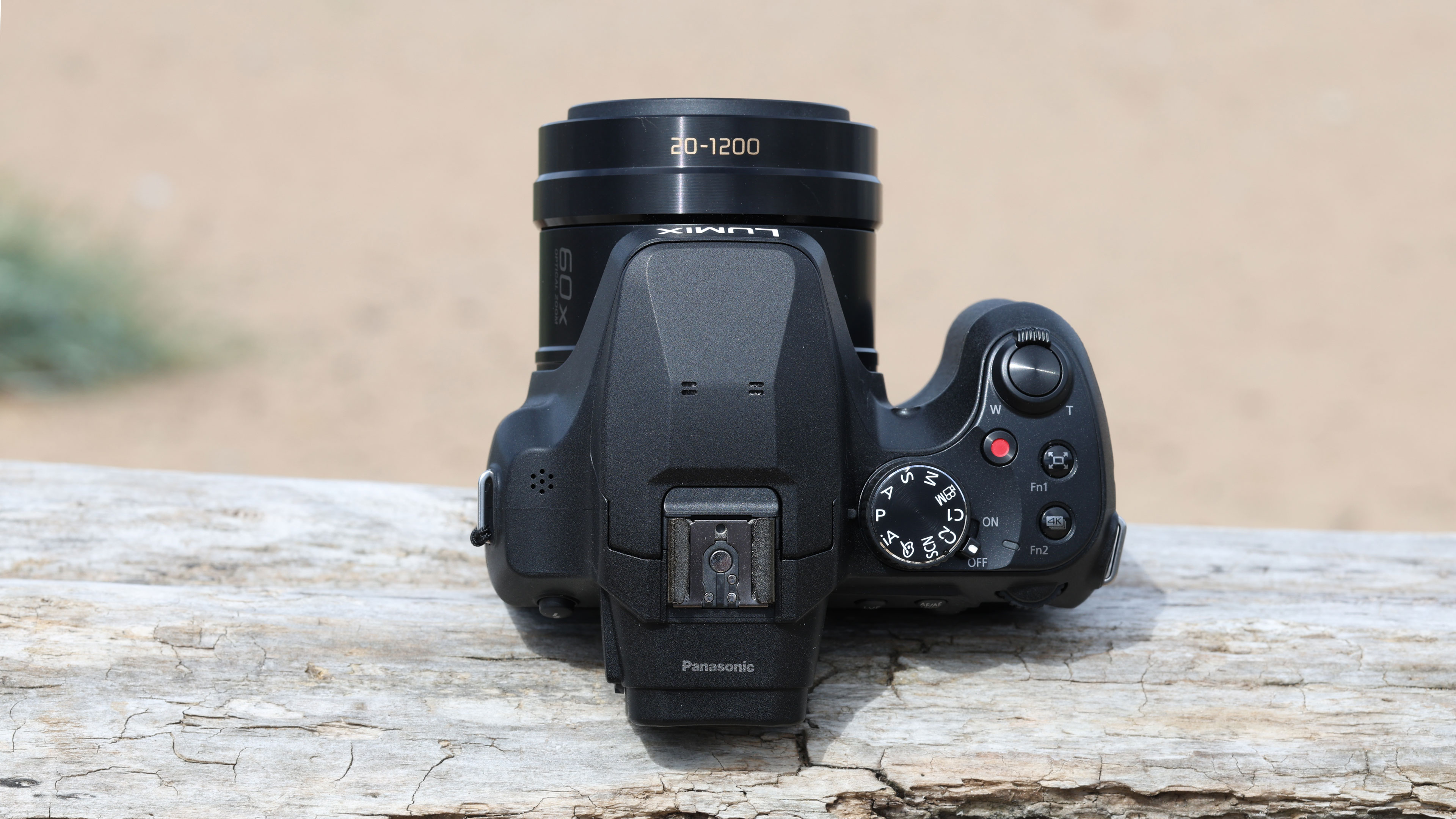
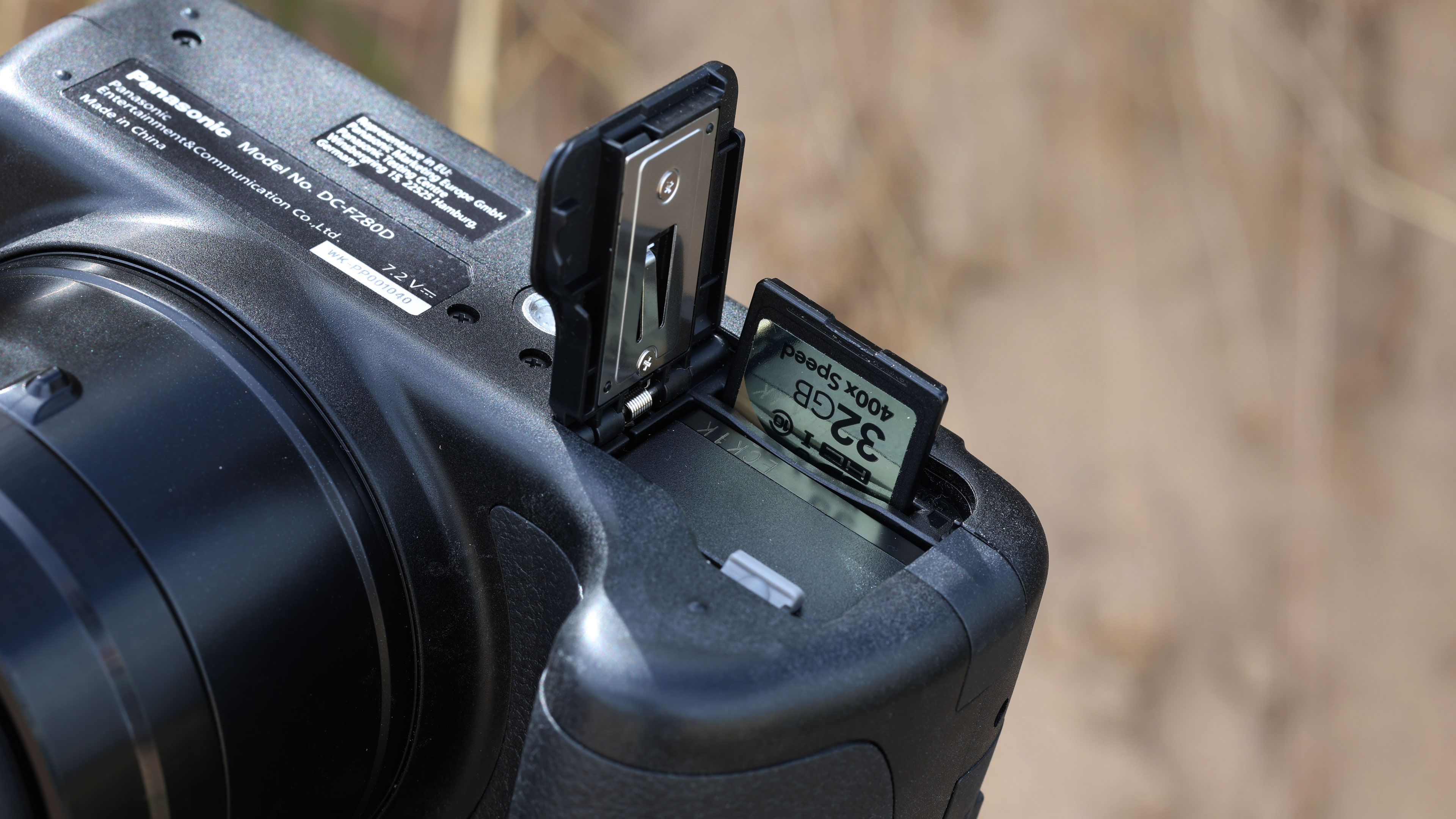
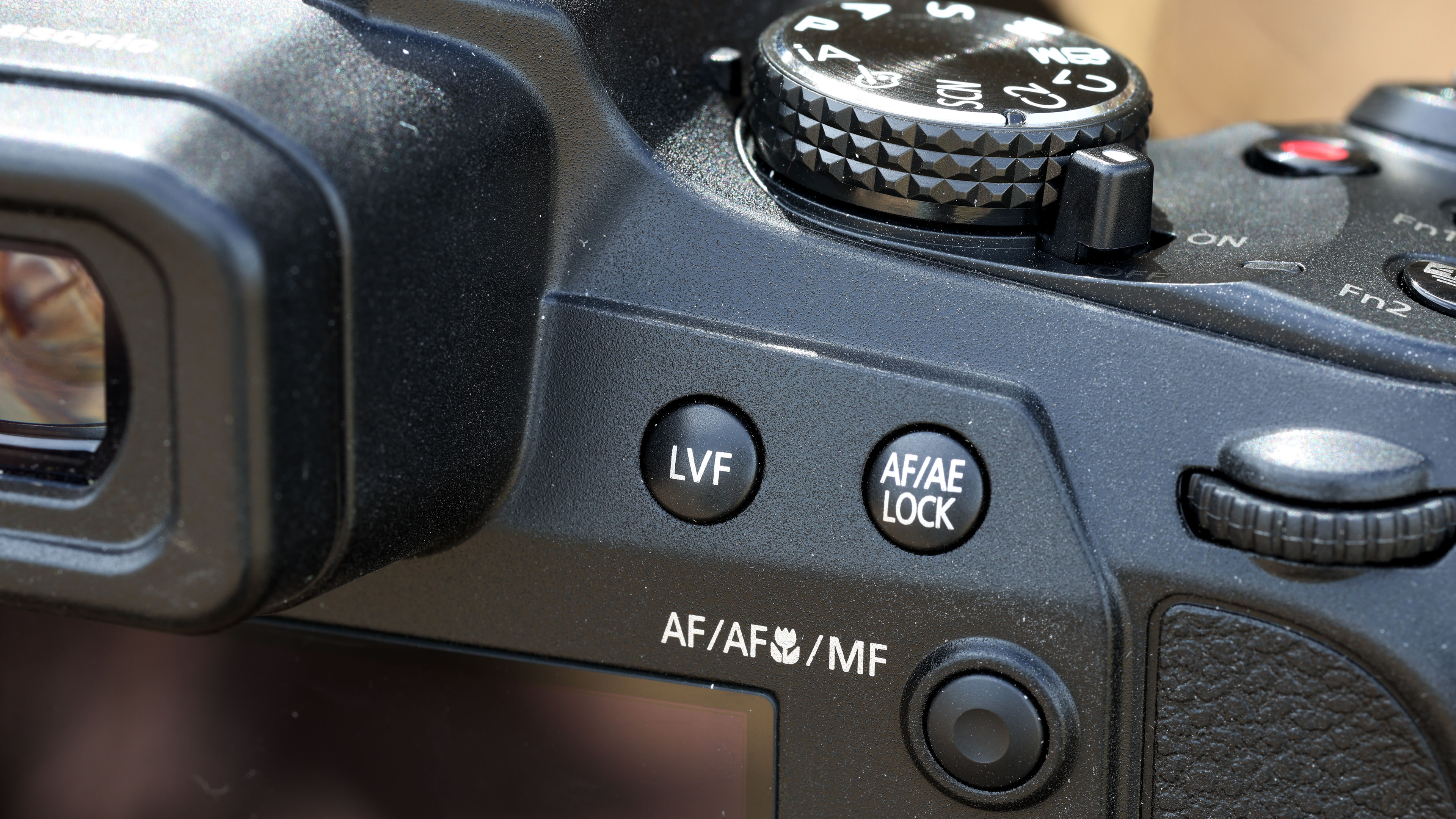
Specifications
Reasons to buy
Reasons to avoid
Panasonic Lumix FZ80 / FZ82 sample images




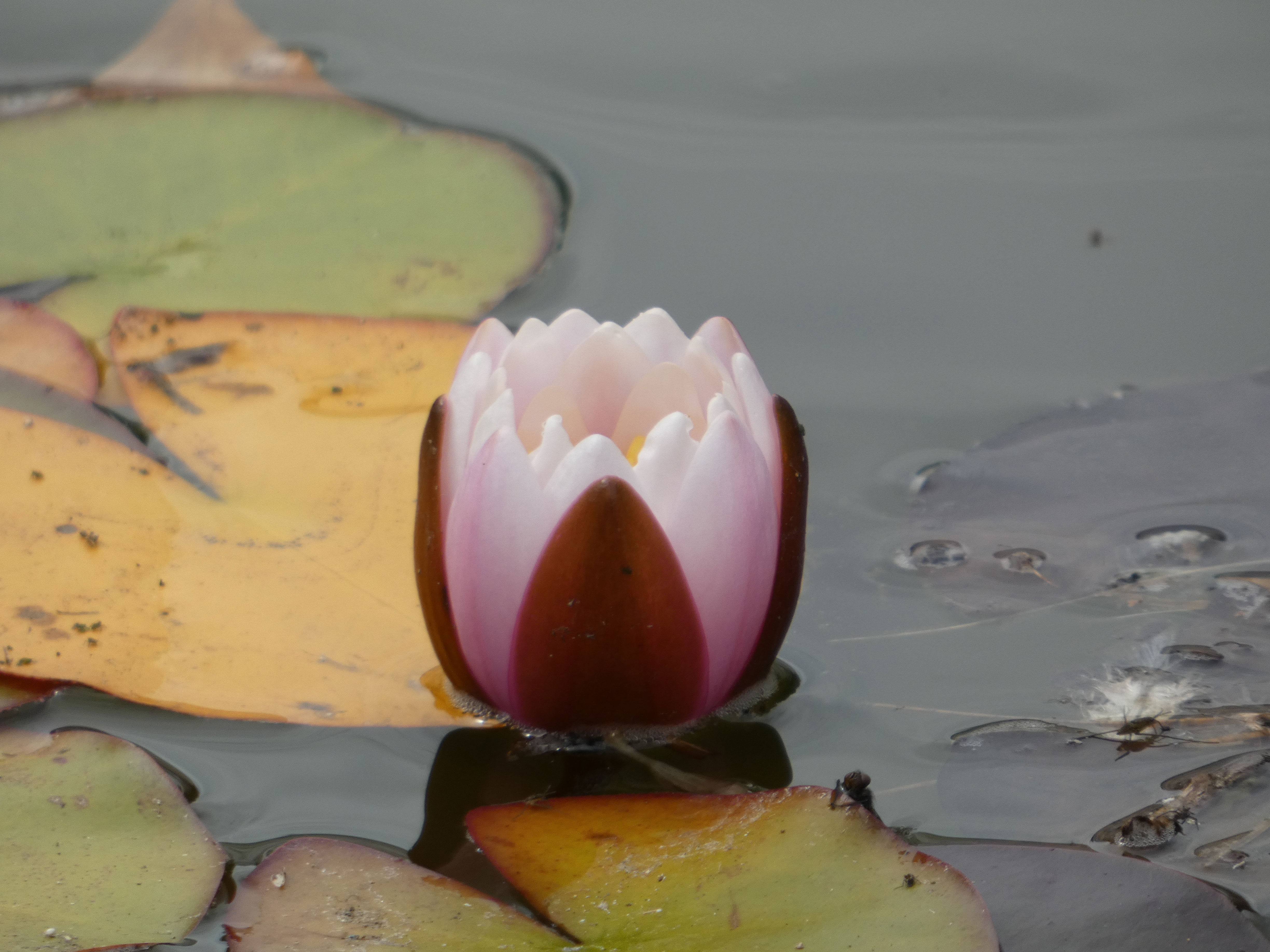
The Lumix FZ80 (known as the Lumix FZ82 outside the US) might be one of the most affordable bridge cameras here, but it still packs quite a punch. The zoom range is very impressive, going from an ultra-wide 20mm through to a staggering 1200mm, and benefits from an effective image stabilization system.
There's also 4K recording with Panasonic's 4K Photo, which can shoot 8MP images at 30fps, meaning you should never miss that split-second moment. It's also very easy to use, with an intuitive touchscreen. The viewfinder could be better (and there's no eye sensor to automatically switch between the viewfinder and rear screen), while high-ISO performance can't match that of larger-sensor (and more expensive) rivals. That said, this is one of the best budget bridge cameras around.
*The Lumix FZ80 / FZ82 was released in 2017 and consequently updated in August 2024 with the Lumix FZ80D / FZ82D. The new version has been refreshed with USB-C charging (to adhere to the Europen Union's Common Charger Directive enforced from 2025) and improved resolution for the EVF and rear screen. Otherwise, the cameras are identical. We've included product and sample images from the newer version.
- Read our in-depth Panasonic Lumix FZ80 / FZ82 review
The best RX10 IV alternative bridge camera
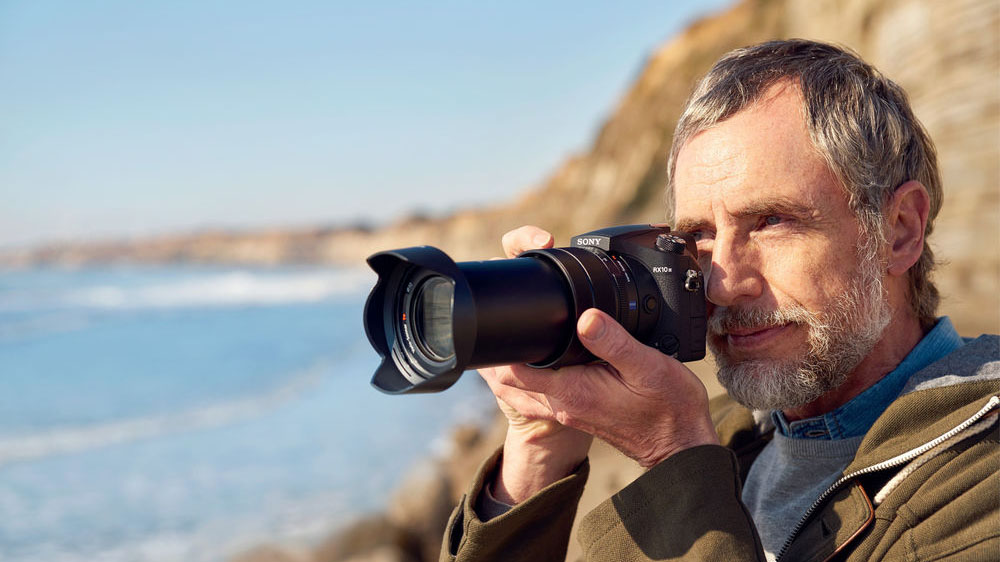
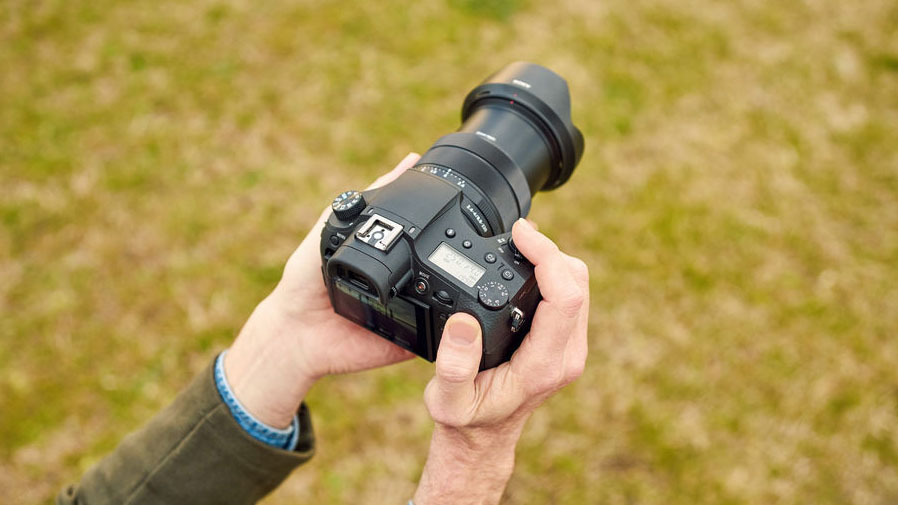
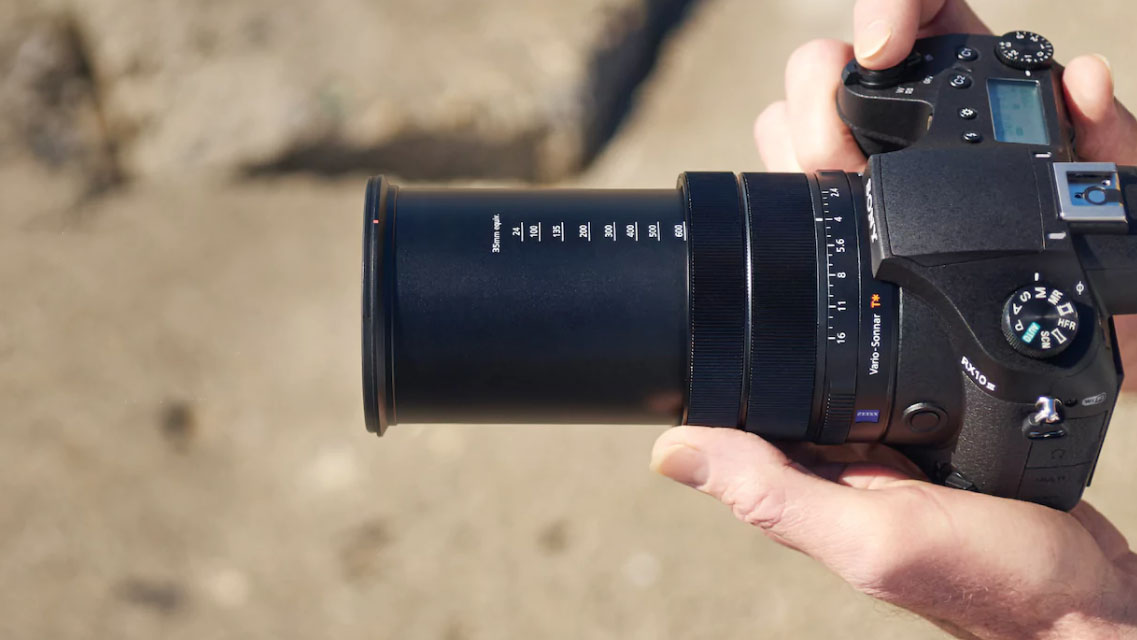
Specifications
Reasons to buy
Reasons to avoid
Sony Cyber-shot RX10 III sample images

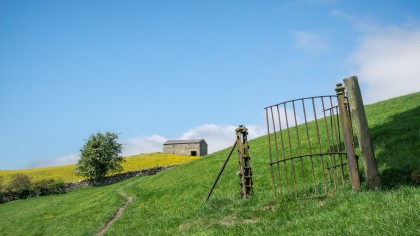
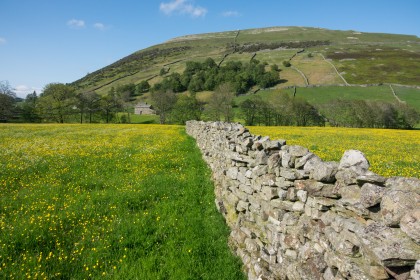
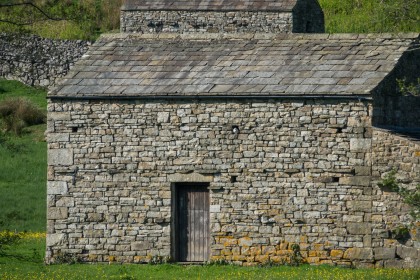

As is often the case with Sony, you can make decent savings if you look towards its extensive back-catalogue. In this case, if you can live without the advanced AF system and other performance advantages offered by the RX10 IV, the RX10 III is still worth a look. The design is pretty much identical to the RX10 IV, and you've got the same 24-600mm f/2.4-4 lens that delivers a very respectable zoom range.
Sony's incredible 1-inch sensor produces class-leading image quality as well as amazing 4K and HD video. Unfortunately, there are some compromises. The AF is a bit pedestrian compared to the latest model, and there's no touchscreen control or the ability to shoot at an impressive 24fps. On balance, as long as you buy this camera knowing its weaknesses, you'll be very pleased with what it is capable of producing.
- Read our in-depth Sony Cyber-shot RX10 III review
How to choose the best bridge camera for you
How do I choose the best bridge camera?
One of the parts that sets each bridge camera apart from its rivals is the zoom lens that is used. Most manufacturers start the range at around 21mm or 24mm, so there's not a huge amount of variety there. The bigger difference is at the other end. Common top ends include 600mm or 1200mm, but the Nikon Coolpix P1000 stretches all the way to 3000mm.
The range you need will depend on the type of photography you do. If you're into wildlife photography that makes it difficult to get close to your subjects, then you'll want as large a zoom as possible. Do keep in mind that oftentimes, the larger the range, the lower the quality, especially at the extreme ends.
Carefully considering the type of lens you need is really important when it comes to zoom lenses because they are not interchangeable like they are on DSLRs and mirrorless cameras.
Another consideration is the sensor size. Generally, the larger the sensor size, the better the image quality. Traditionally, bridge cameras have made use of a 1/2.3-inch CMOS sensor, although newer models are starting to squeeze in 1-inch sensors. These have 4 times the area of their smaller sensor counterparts.
A final consideration is the monitor. These are generally around 3-inches in size, but not all are created equal. For the most flexibility and versatility, you'll want a tilting or articulating type. This makes it easier to shoot in a wider variety of scenarios.
What is a bridge camera exactly?
For those wondering where bridge cameras get their name – it's because they are said to 'bridge' the gap between simple point-and-shoot models (or your phone) and more advanced DSLR type models.
Bridge cameras tend to have smaller sensors than DSLRs and mirrorless cameras, but the other main difference is that the lens is fixed to the body, so you can't remove it for a more specialized optic or one with a wider aperture. While the lenses on a bridge camera are extremely flexible, you can't attach something like a macro lens for extreme close-ups or an f/1.4 lens for shooting in low-light.
It's not quite as straightforward as that anymore, as some bridge cameras are advanced and sophisticated themselves. Sensor sizes, although still smaller than a DSLR / mirrorless, have increased in size over the years too, with many now sporting a one-inch sensor, which is much larger than that in an average smartphone.
If you're just starting out in photography, bridge cameras can be the ideal place to start. You get a lot for your money and it's the ideal way to learn about different shooting modes and settings, without necessarily spending a huge amount of money.
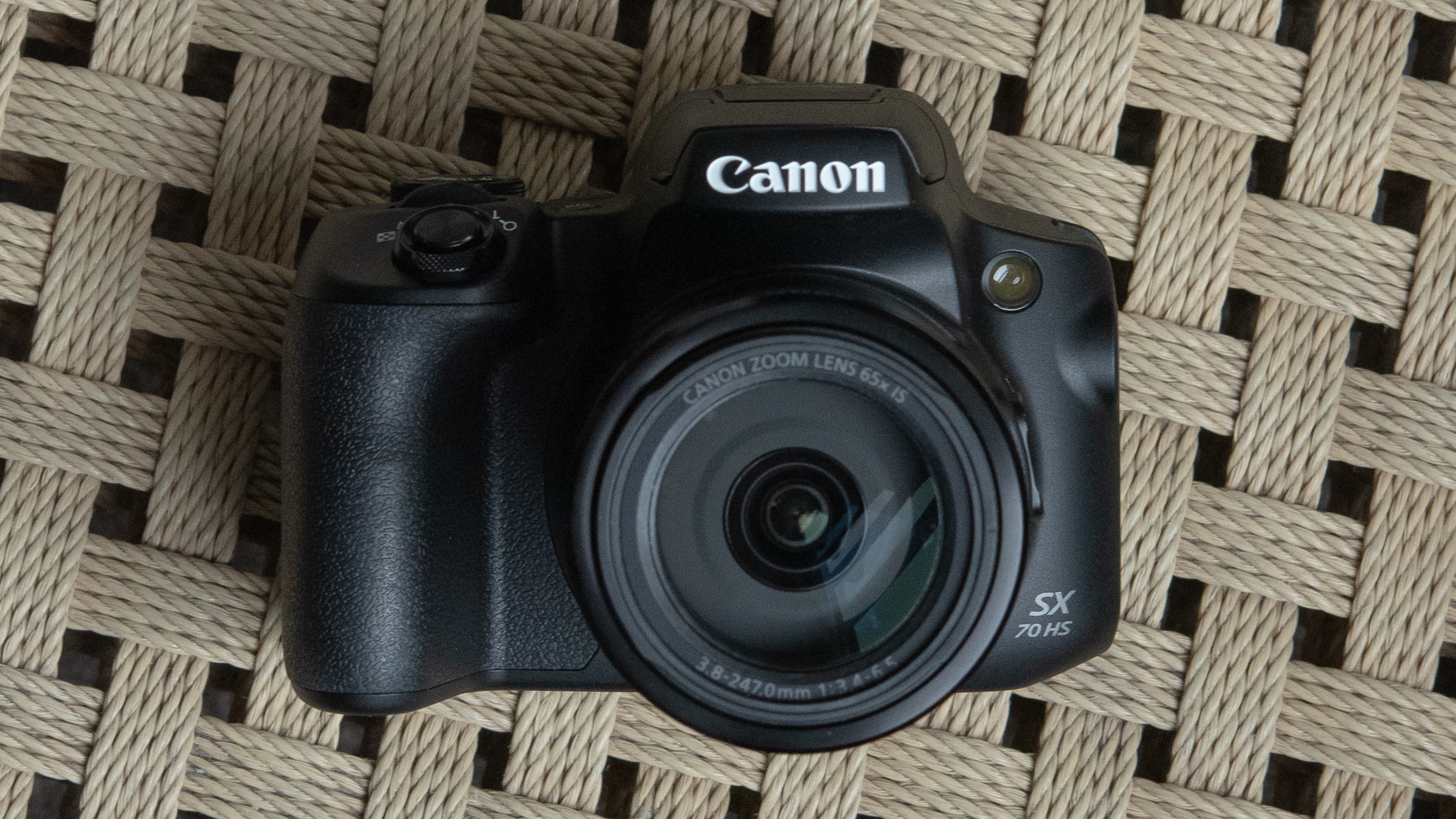
How we test Bridge Cameras
When spending such a significant amount of money you want to make sure you're buying something that will not only last well but also fit your particular requirements. To help you make an informed decision, we have spent countless hours thoroughly testing every camera in this guide.
The first part of our tests involves handling the camera and getting a feel for its design and build quality. By using the camera on a tripod and handheld we are able to assess who the camera is designed for and whether it'll stand the test of time.
Following on from this we put a formatted SD card into the camera and shoot both RAW and JPEG formats. We take RAW images into an editing application such as Lightroom to see how far we can adjust exposure, highlights, and shadows.
Burst shooting is tested by using our test settings (1/250 sec, ISO 200, continuous AF) before shooting a series of frames in front of a stopwatch to see if it lives up to its advertised speeds.
Another vital element in terms of performance is the camera's ability to quickly find focus in autofocus mode. We test this using different types of subjects as well as in various lighting conditions. Alongside this we'll shoot a variety of different photos and put metering through its paces. In all of this we're also assessing the camera's ability to handle noise.
In terms of battery life, we use the camera from full charge to empty, and then make a note of the number of shots that it was able to take. This is then compared to the camera's CIPA rating. As most camera's have video functionality now, we'll also put it into video mode and test its resolutions, frame rates, and live view mode.
With all of this in mind, we write a final verdict that brings everything together.
Get daily insight, inspiration and deals in your inbox
Sign up for breaking news, reviews, opinion, top tech deals, and more.

Tim is the Cameras editor at TechRadar. He has enjoyed more than 15 years in the photo video industry with most of those in the world of tech journalism. During his time as Deputy Technical Editor with Amateur Photographer, as a freelancer and consequently editor at Tech Radar, Tim has developed a deeply technical knowledge and practical experience with cameras, educating others through news, reviews and features. He’s also worked in video production for Studio 44 with clients including Canon, and volunteers his spare time to consult a non-profit, diverse stories team based in Nairobi. Tim is curious, a keen creative, avid footballer and runner, and moderate flat white drinker who has lived in Kenya and believes we have much to enjoy and learn from each other.
- Paul HattonFreelance writer
- Mark WilsonSenior news editor